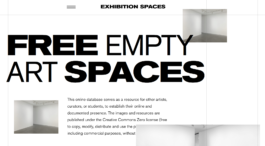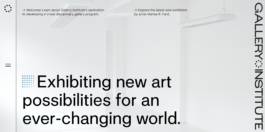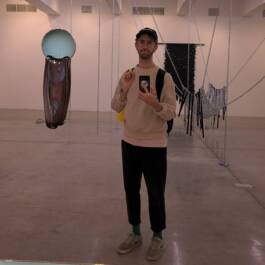Josh Sender (b. 1991, New York) is an artist making drawings, videos, and websites, and his work is about meaning-making and labor. About/Contact
He manages Gallery Institute and Exhibition Spaces.
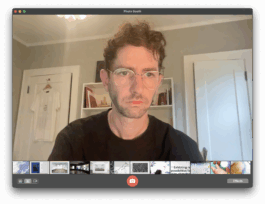
Or So I've Been Told Exhibition about complicity towards violence
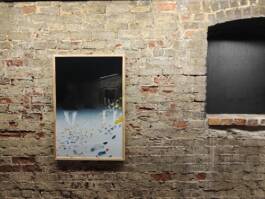
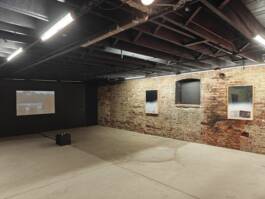
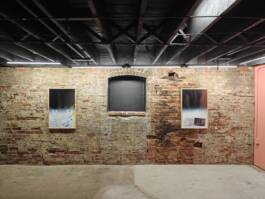
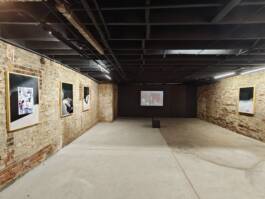
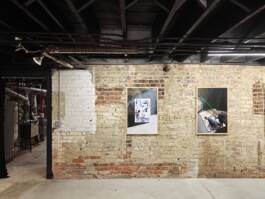
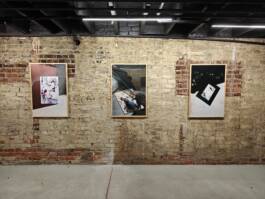
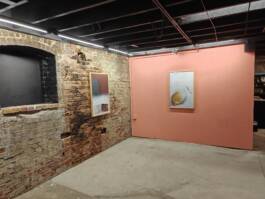
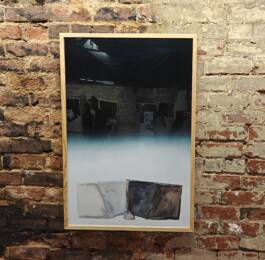
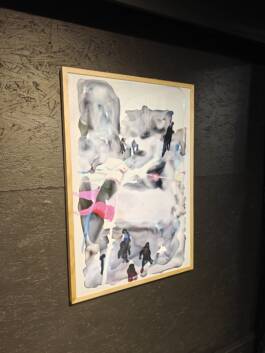
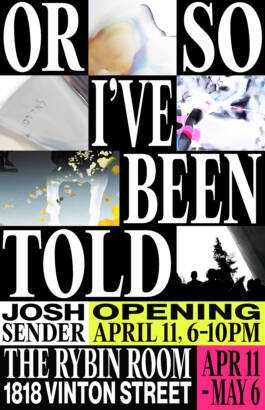
Or So I've Been Told is a solo exhibition about images, tourism, propaganda, and indifference or complicity towards violence. The exhibition includes a short film and a collection of framed drawings. The video, which shares its name with the exhibition, reflects on my Jewish American identity through collaged personal phone recordings, essay notes, and saved quotes. The framed drawings are little memorials - flickers of mundane, yet poignant, yet flat, yet violent, yet meaningful, images experienced online.
2025
Excuse Me a Moment Drawings and notes
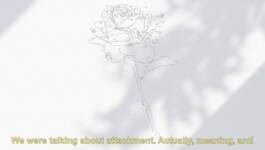
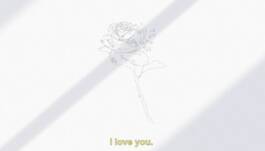
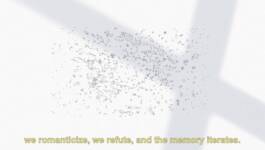
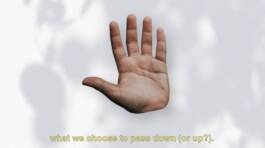
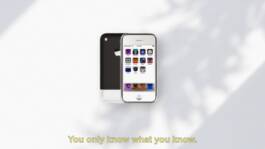
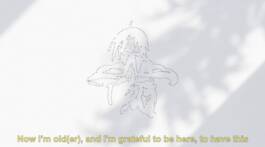
Drawings reveal, shadows shift, and sentimental dialog pass, and, if you miss it, you can't quite find your place again. Take a look! Sit with it! A lecture I want to give but will never.
2024
Ritual Summon Drawings, napkins, and candles in Iceland
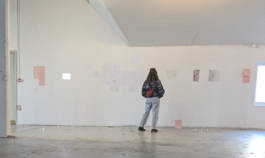
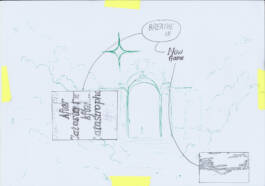
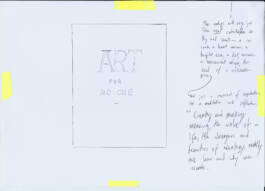
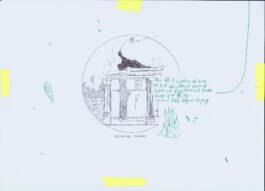
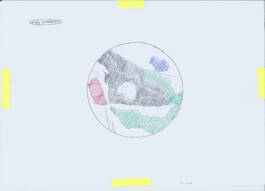
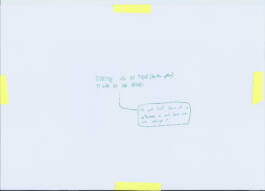
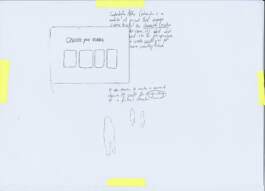
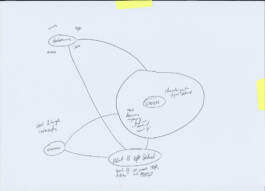
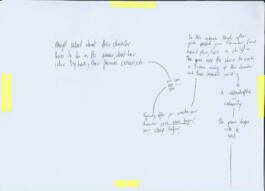
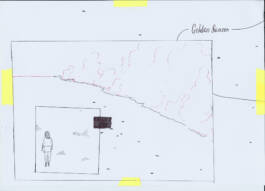
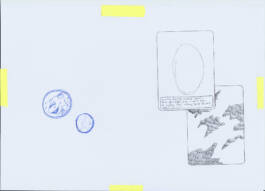
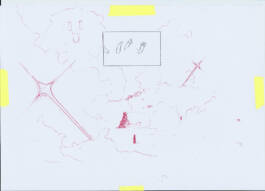
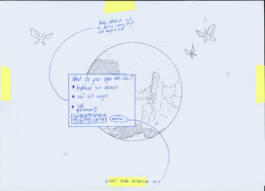
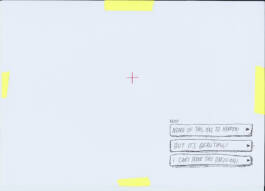
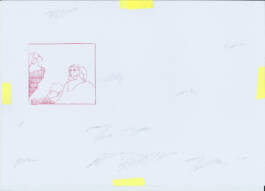
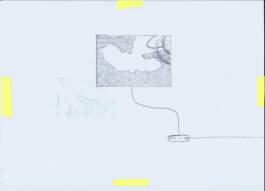
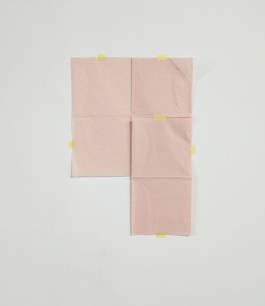
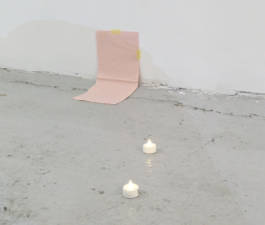
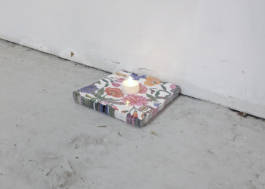
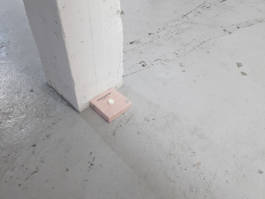
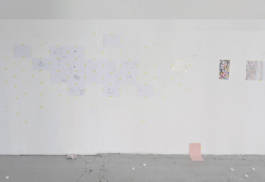
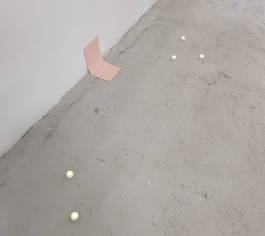
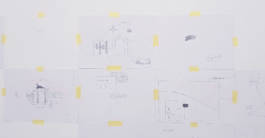
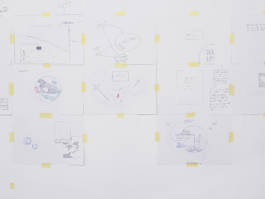
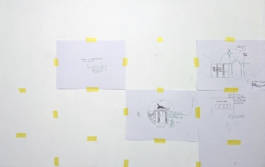
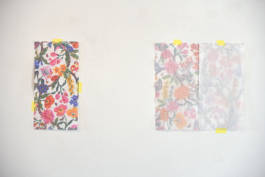
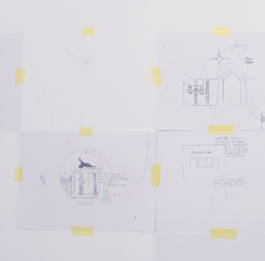
Installation following my residency in March 2024 at SIM Residency↗. Drawings of world-ending scenarios and a collection of cheap, meaning-loaded objects from Icelandic home-goods stores.
You Look Like Somebody to Somebody Close-ups
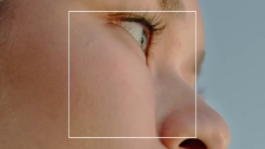
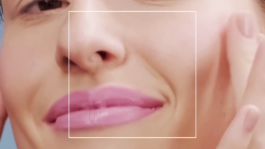
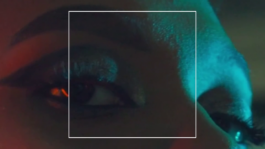
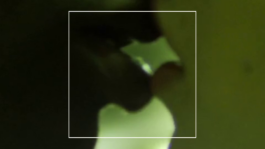
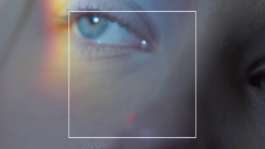
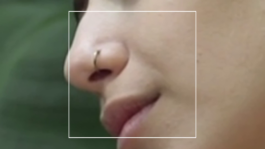
An endless feed of people, uncomfortably cropped on random features, the work incorporates many of the most popular “Person, Close-Up” videos from free stock video websites, collected since 2022. The videos are paired with two streams of layered audio: ASMR recordings and free-to-use choral singer recordings made to function as digital instruments. The ASMR audio has been chopped up, stretched, compressed and looped. The "choral singers instrument" plays as a single discordant note as each video clip passes by. This artwork is about privacy, intimacy, trust, loneliness, our relationship to our own image and each other’s image, and our culture’s reflection of whose likeness and narratives are most marketable and valuable.
Stock video description: "The best free stock photos, royalty free images & videos shared by creators."
Choral singer instrument description: "Six traditional Gaelic singers recorded inside the ruins of a 1960s seminary. Originally a training campus for catholic priests, St Peter’s Seminary shut down in 1980 and fell into disrepair. In the concrete skeleton of the former chapel, [we] captured a small group of singers performing a captivating range of aleatoric techniques, inspired by Celtic vocal traditions."
ASMR source description: "❤️ a bit of comfort, chit chatting, tapping, crinkling and whispering tonight. Thinking of you."
Everyone I Met Yesterday Police sketches of everyone I meet
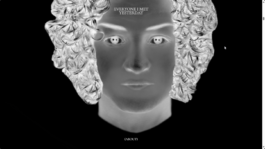
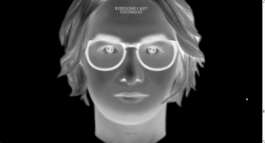
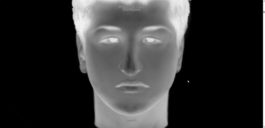
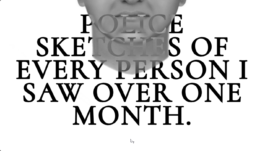
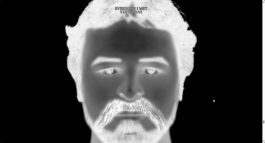
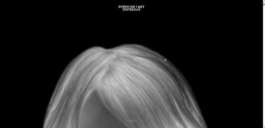
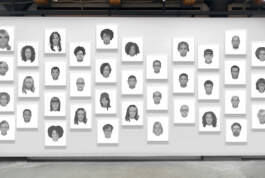
Police sketches I made of everyone I met over a month. The drawings are made using official police sketching software. An exercise in hyper-local data collection, the work is a reflection on power, a person’s right to their image, public space, trust, discomfort, and facial recognition.
2023
We Have Something to Tell You Corporate, vying figures
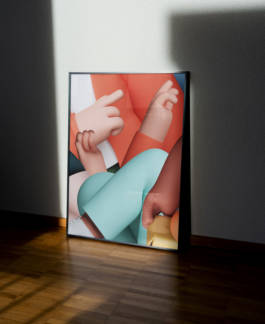
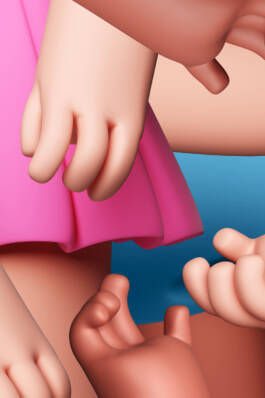
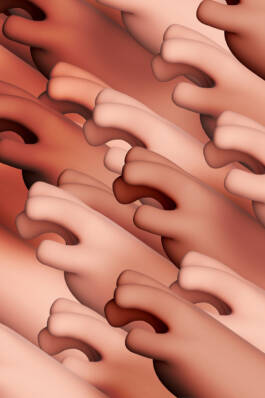
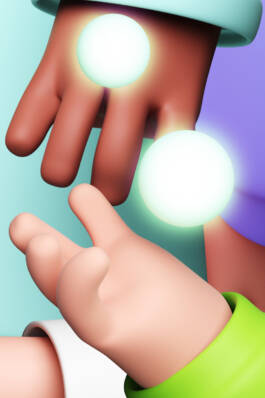
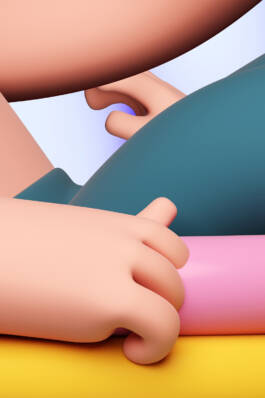
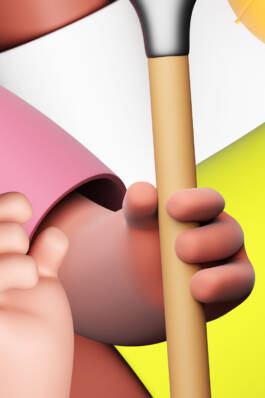
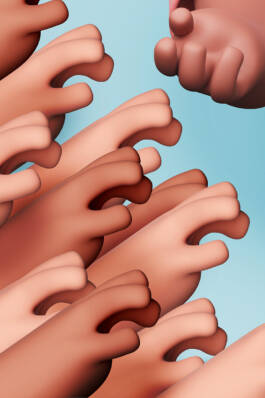
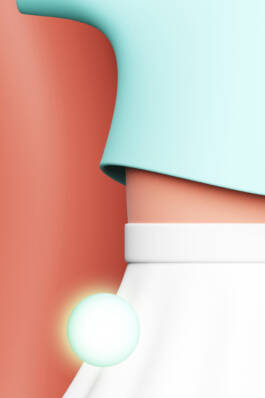
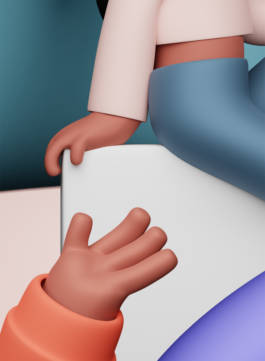
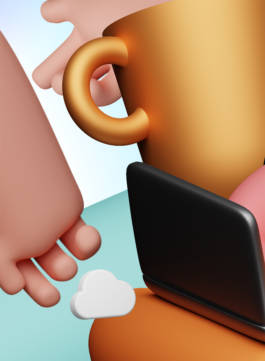
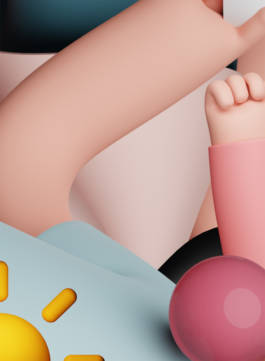
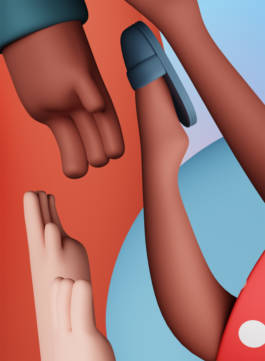
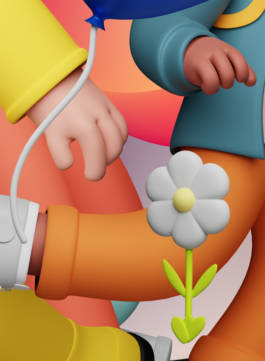
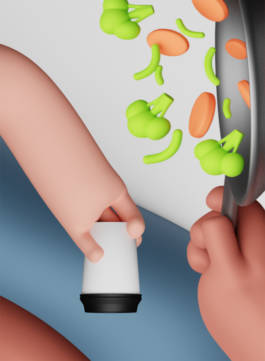
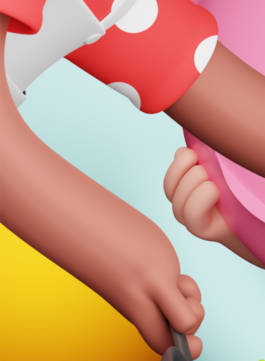
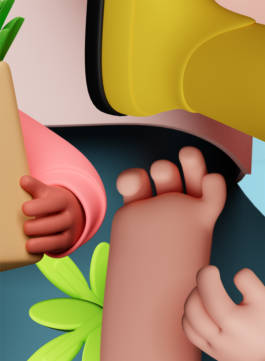
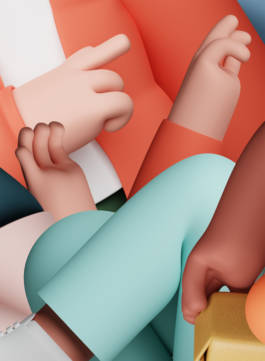
We Have Something to Tell You is a series of layered desperate blobby illustrated bodies. The figures are similar to those that might be used by multinational corporations or tech companies in advertising or to soften a brand narrative.
2022 - 2025
You Never Know How the Past Will Turn Out A video about gods, history, Wikipedia, and a stock global human experience
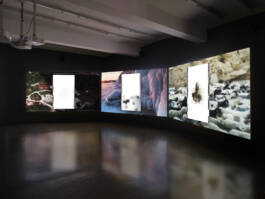
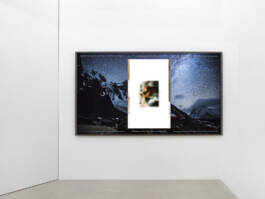
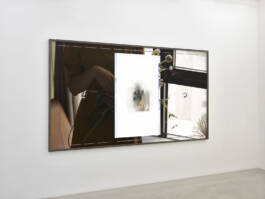
A video about surface. Every image of god from the Wikipedia page for "God" are collected into an e-book in the center. The video presents conflicting exterior and interior frames, along with conflicting audio and a barrage of philosophical text and personal rumination. The videos taking up the background are the most popular free stock videos available on a royalty-free stock video website, acting as a sort-of shorthand catalog for humanity’s current cultural moment. The texts at the top and bottom are two streams of consciousness, changing with each page turn.
Select frames are occasionally printed and exhibited.
2019
No Shortage of Bodies A series of paintings, culture report and an exhibition of stock photography
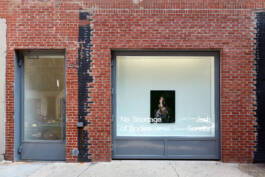
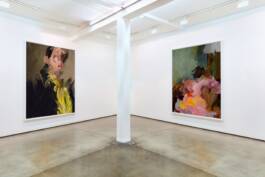
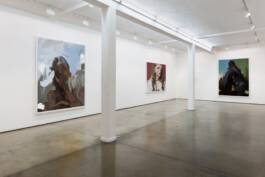
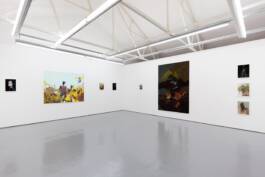
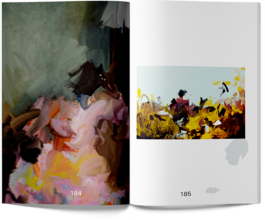
No Shortage of Bodies is composed of a culture report and a series of photographs and paintings. The 2020 culture report makes predictions on how our collective relationship to images might change as we venture into a new decade. The photographs were sourced from one of the most popular stock photography websites (Getty) and the human figures from the photos were all digitally removed. The paintings reference the cropped figures and were completed while I commuted on the train for my own job in design/marketing.
“Each decade, we pore over data and signals from the world around us — strolling, scrolling, being scrolled past, there are so many insights to glean from our simple strolls — where we can see the next decade ahead unfolding. This decade, we’re going further.”
2020 - 2021
Desktops/Tombs Screenshots, pieces of a digital proposal, blending textures and places
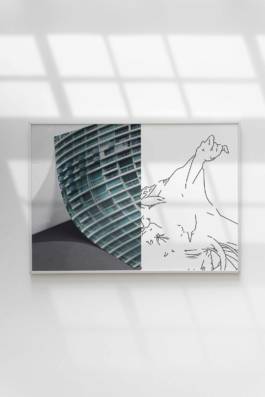
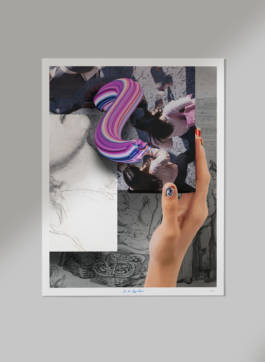
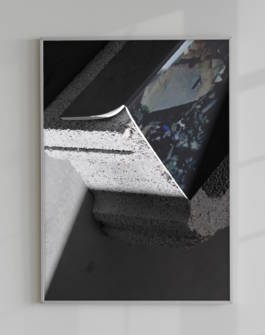
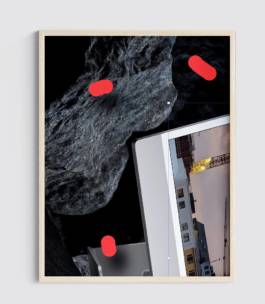
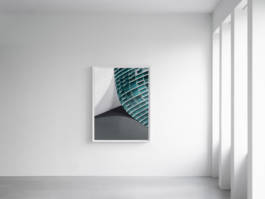
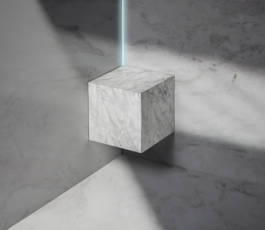
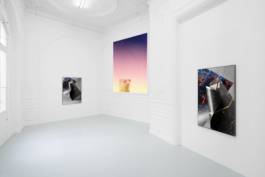
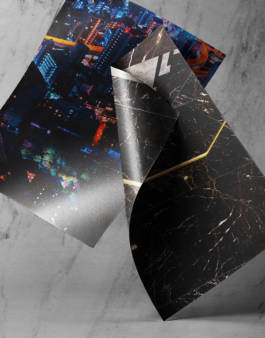
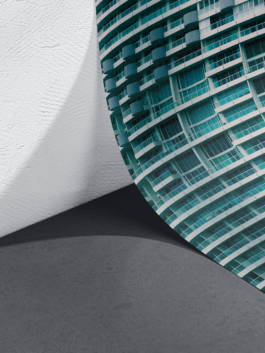
Part of an ongoing series of artworks made as pieces of a proposal for a solo show I wanted to have, but never did. The show is about time, Judaism, corporate aesthetics, art history, and the limits of production.
2019 -
I Have Something to Tell You Drawings about trust, corporate aesthetics, and bodies
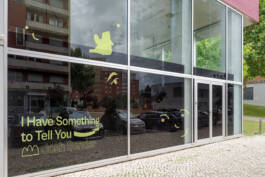
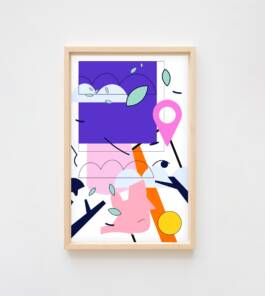
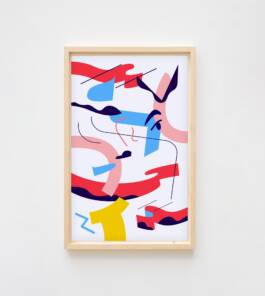
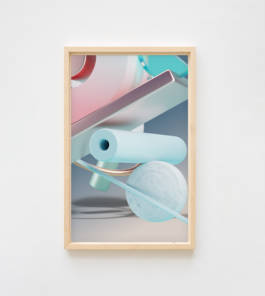
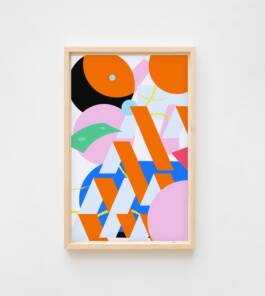
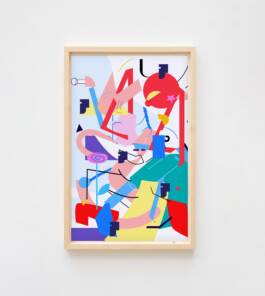
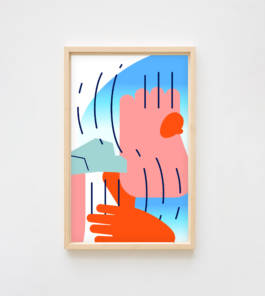
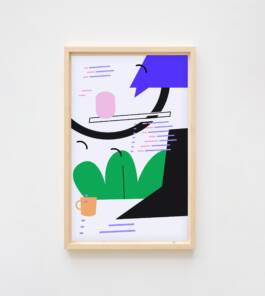
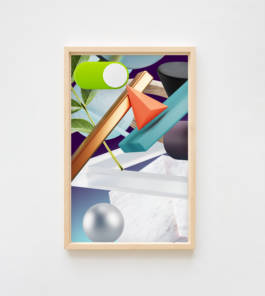
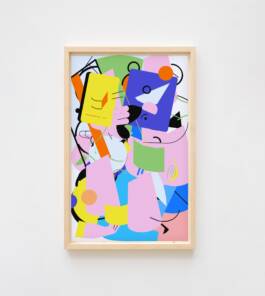
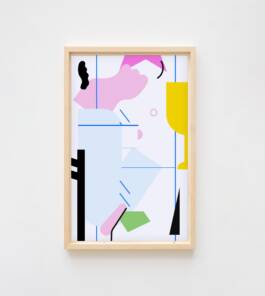
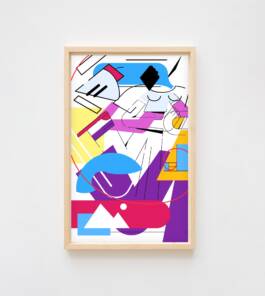
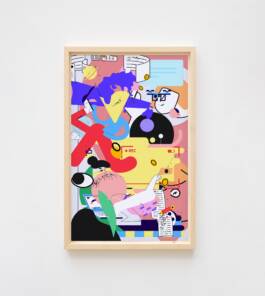
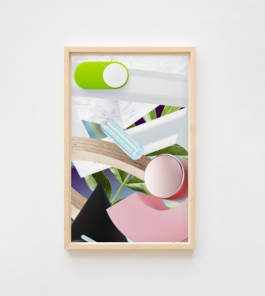
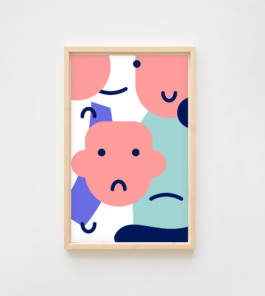
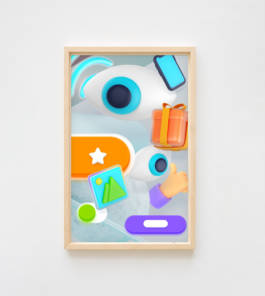
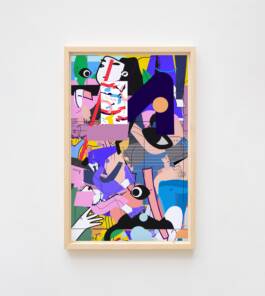
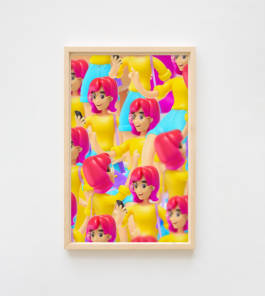
A series of drawings using visual language from corporate, graphic-design blobby illustrations. Drawings about trust, corporate aesthetics, bodies, and identity.
2021
Excuse Me, I Have Work to Do Lyrical digital vignettes of fictional objects
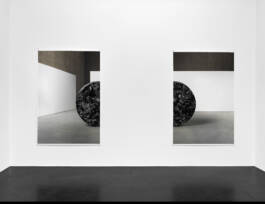
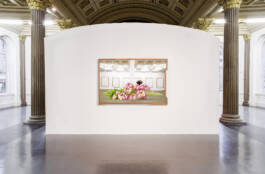
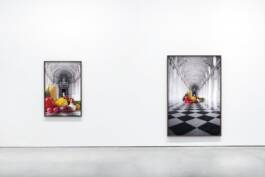
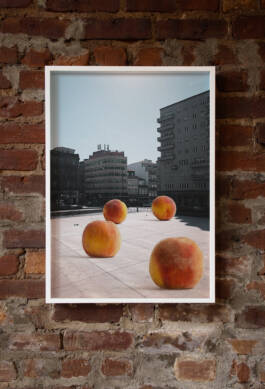

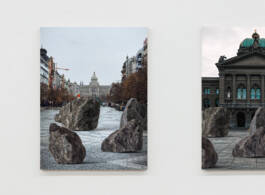
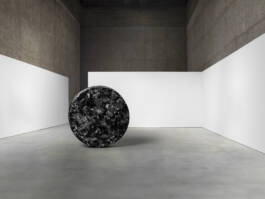
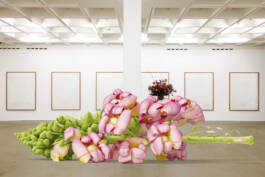
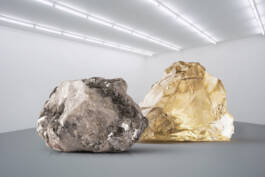
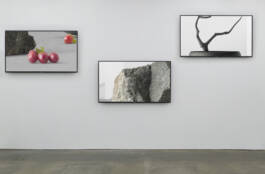
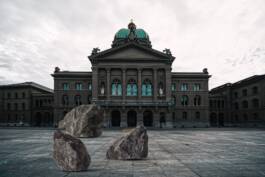
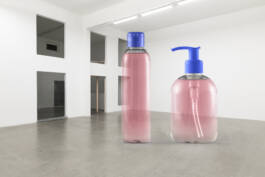
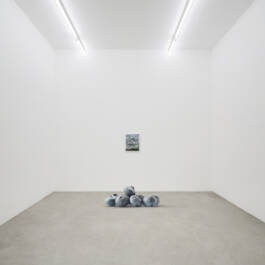
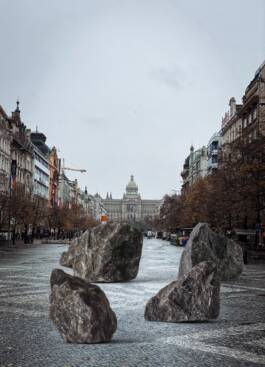
Part of a series of lyrical digital vignettes of fictional objects. A work about ornaments and decoration, pulling from corporate stock objects used in an advertising day-job. The objects made for 'Excuse Me, I Have Work to Do’ are investigations into what-ifs.A show I want to make, but can't, and would never. A stone made of molded coal, burned from... A bouquet from.... eh..... nevermind...
2018 - Present
Dear Friend, I Began, Did You Ever Think You Would Be So Old? Crowds and figures repeated into full fields
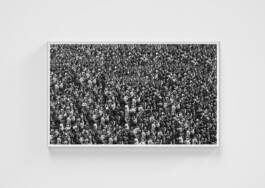
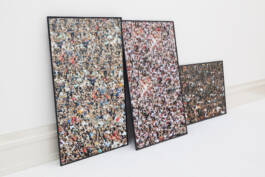
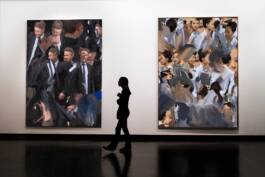
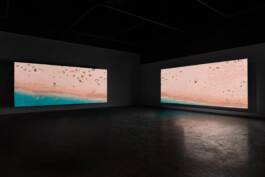
It's so crowded, so stuffy in here. Stock photos of crowds digitally manipulated ad infinitum.
2020 - Present
Scratched Below a Statue Tiny interactive chat
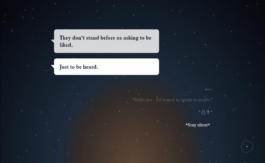
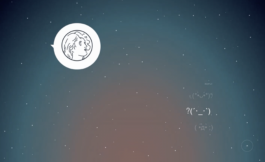
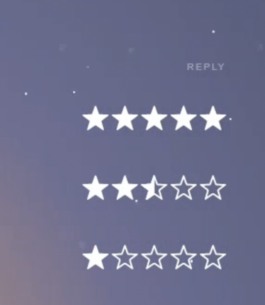
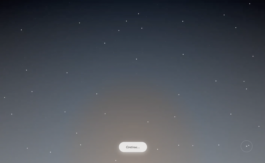
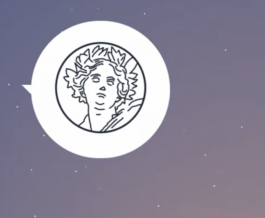
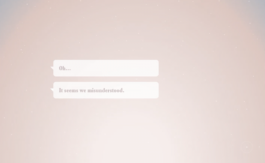
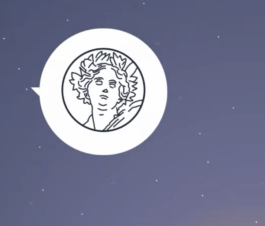
A website featuring a short interactive chatbot. Intended to be the type of website you might stumble upon, engage with briefly on your private computer, lightly contemplative and private, maybe a little strange, and you might wonder "was that art?" Your choices in the conversation with the chatbot don't have any effect.
2017
Nothing but Hats and Bags Squares on horizons
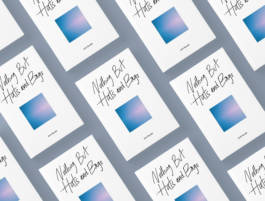
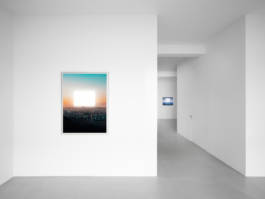
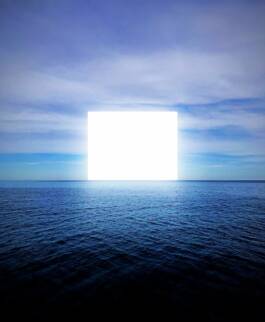
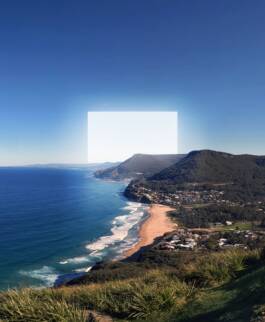
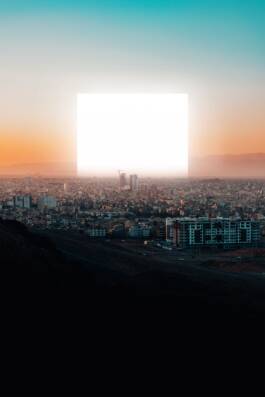
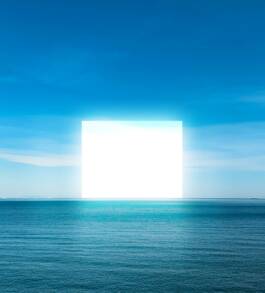
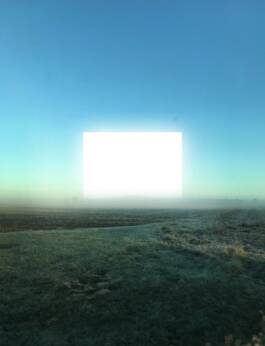
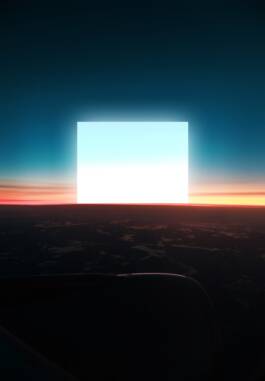
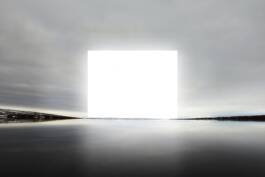
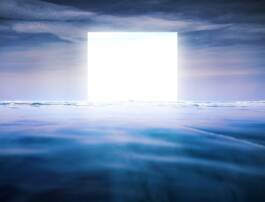
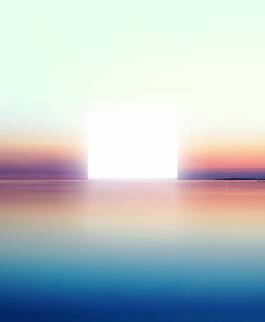
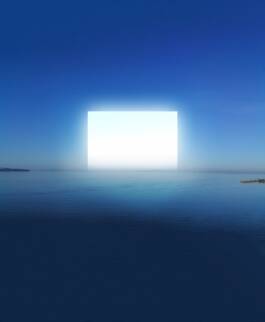
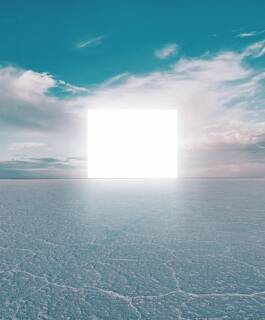
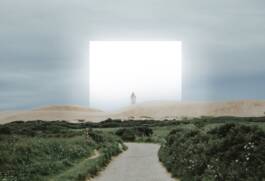
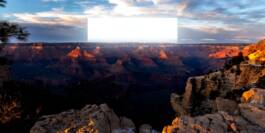
Simple meditations. Drawings made the week following my Grandmother's death. Stock photos of horizons with added glowing squares.
*Title from Emmy the Great - Easter Parade ↗
2020
New Work Emptied out art spaces with quick gestural distortions
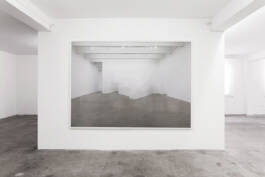
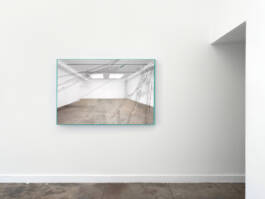
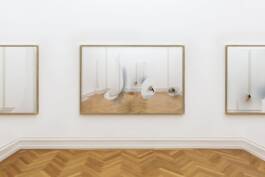
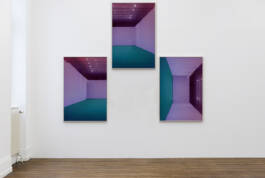
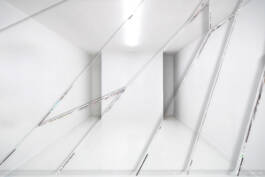
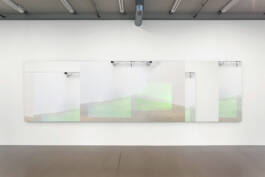
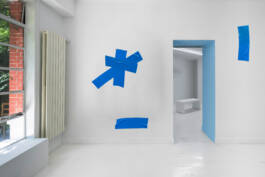
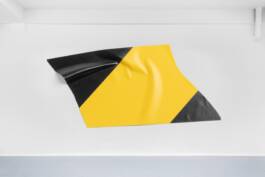
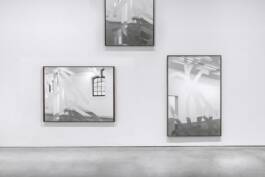
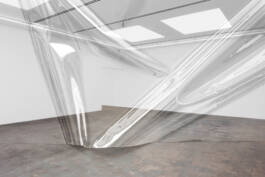
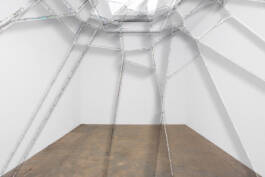
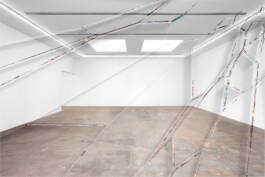
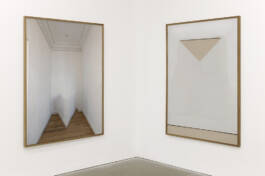
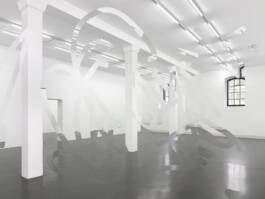
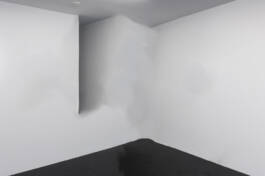
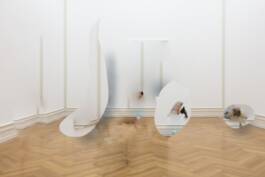
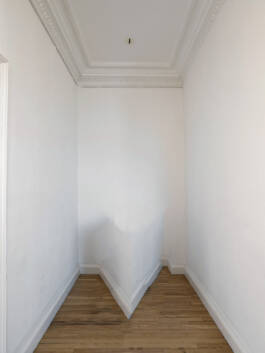
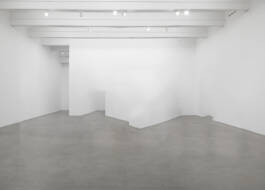
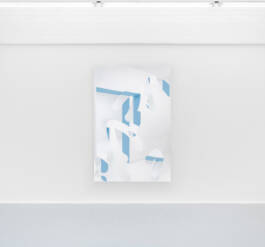
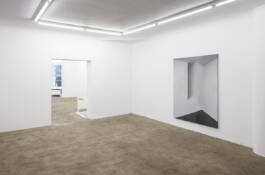
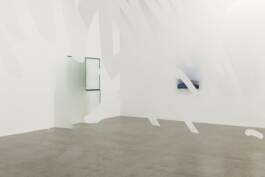
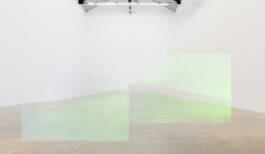
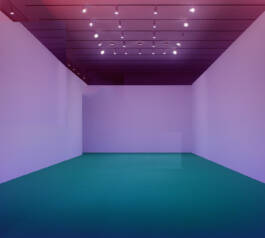
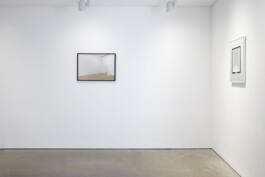
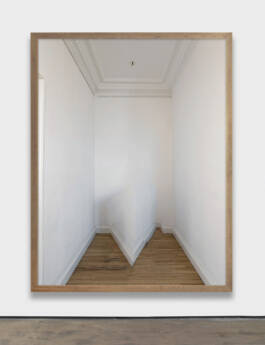
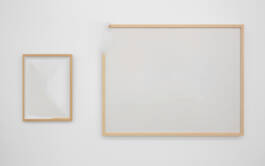
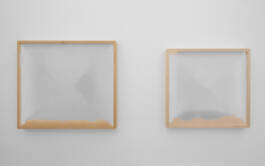
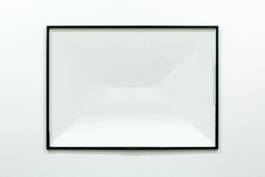
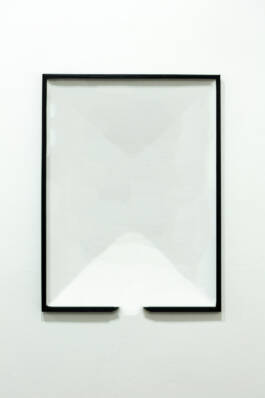
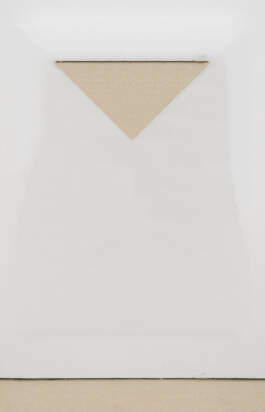
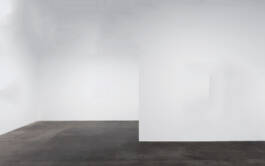
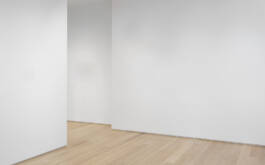
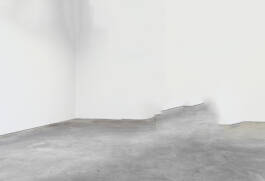
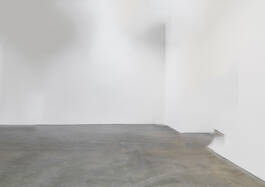
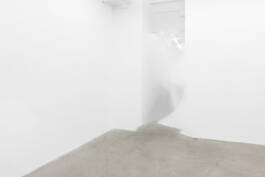
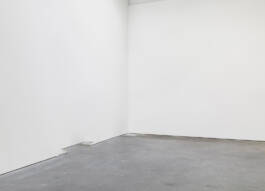
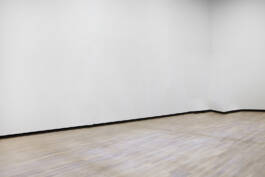
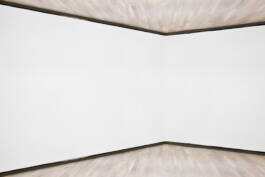
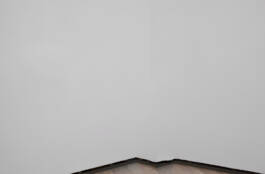
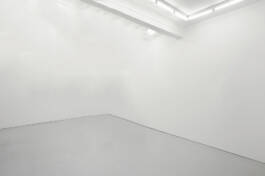
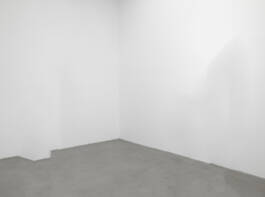
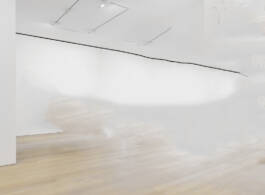
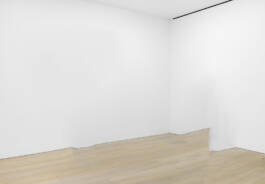
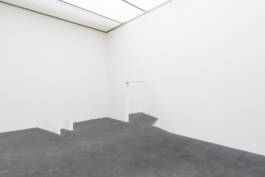
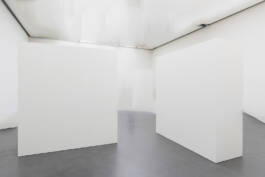
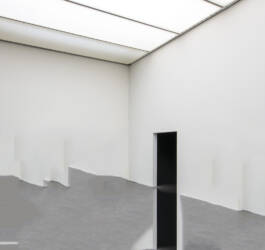
Gestural distortions within empty contemporary art spaces bending the architecture into and onto itself. Installation shots are a show of power and this sortof contextual reconfiguration creates some fun new sets of expectations. In the end, New Work is art about art, and is art about infrastructures as assertions of power.
2015 - Present
A Public Space: For Labor, for Leisure Printable exhibition collaboration with Amber Eve Anderson
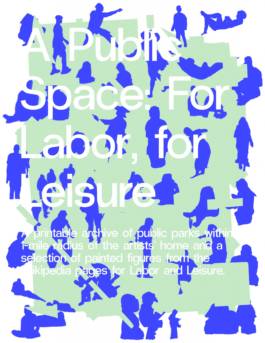
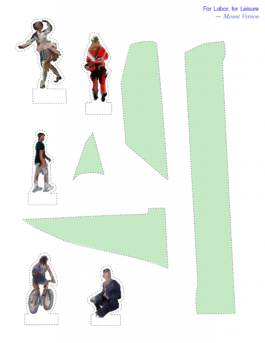
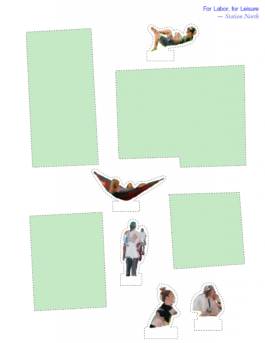
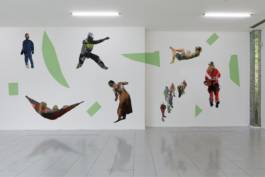
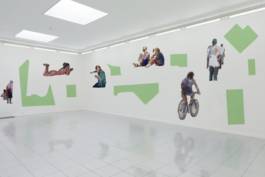
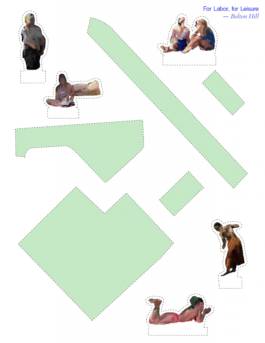
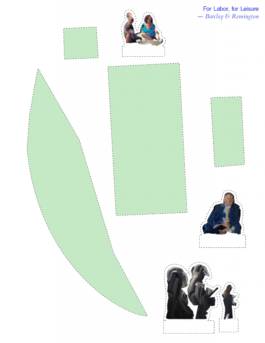
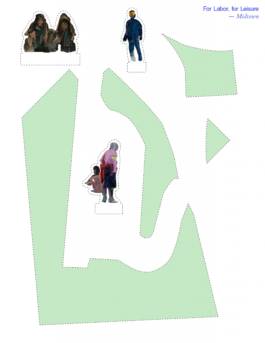
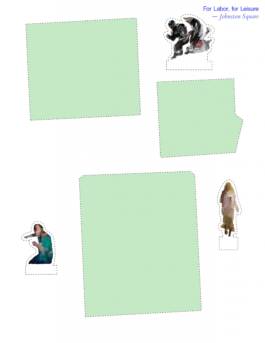
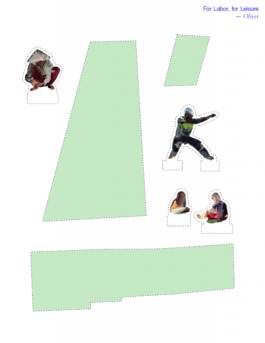
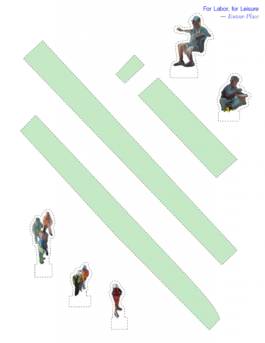
A collaboration with Amber Eve Anderson ↗. In this collaborative work, we reflect on our conversations about labor, class, and access to leisure and public spaces, as understood through the limits of capitalism. The work is an archive of the public parks within a 1-mile radius of our home and a selection of painted figures from stock photography and the Wikipedia pages for Labor and Leisure. The archive also functions as a printable document that invites viewers to cut out and arrange the figures and green spaces enacting notions of both labor and leisure.
Made forPlease Touch the Art @ Utah Museum of Contemporary Art ↗
2020
It's Nice Out Here A real and fictional curated pavilion for the world's largest digital art biennale
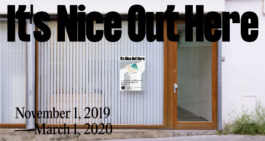
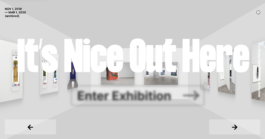
Toeing the line of digital producer and curator, It’s Nice Out Here is a show I curated and developed a new exhibition framework for. As an online exhibition where most anything is possible through implied fictions illustrated through manipulated photography, video, and text, I “installed” the artist’s work by photoshopping (or, digitally inserting) the artist’s images into emptied press photos from international galleries and museums. The work is all real, but exists as digitally rendered documentation images of one huge imagined exhibition. Out here, artists imagine images as sites of possibility. The work exists between the implied physical spaces / psychic space of the viewer and the limitations of technology and screen augmented reality. The work is sprawling, ambitious, and unlimited.
"It's Nice Out Here" (Archived) ↗ was a pavilion of The Wrong Digital Art Biennale ↗.
Exhibition was available from November 1, 2019 through March 1, 2020.
Exhibition Spac.es Database of empty white-walled galleries
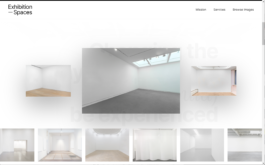
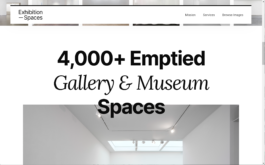
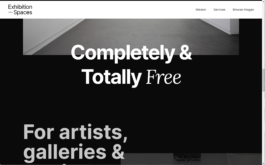
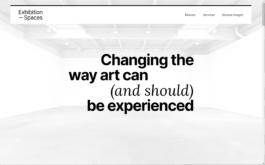
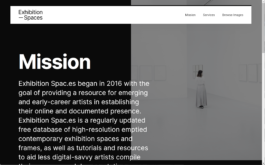
Exhibition Spac.es started in 2016 as a free database of high-resolution emptied contemporary exhibition spaces and frames, as well as tutorials and resources. This online database serves as a resource for other artists, curators, or students, to establish their online and documented presence. The images and resources are published under the Creative Commons Zero license (free to copy, modify, distribute and use the photos for free, including commercial purposes, without asking permission). As a young artist, I believed that installation shots were a show of power and frame images within a new set of expectations - no longer is the image simply a digital image to scroll past, but in the psychic space of the viewer, the image tells a story of an art object that asks to be considered with a new weight. The implied object never delivers on the promises of its potential, but also doesn’t need to.
2016 - Present
Touristing as a Clumsy Commuter Performance with counterfeit apple airpods
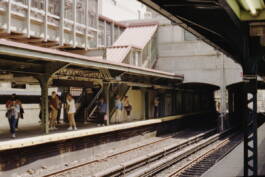
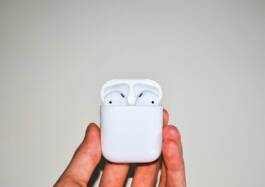
For this work, I bring a pair of counterfeit Apple Airpods with me every time I go to New York City or California. While waiting for the subway/metro during or close to rush hour, I fake a stumble and drop the counterfeit Apple Airpods on the tracks. In faux-frustration, I dramatically throw the counterfeit Apple Airpods charging case into the closest trash-can. I pause, close my eyes, take a deep breath, and pull a new counterfeit Apple Airpod charging case out of my pocket. I place the second counterfeit Apple Airpods into my ears and carry on with my day.
2019
Taking Up a Space and Claiming It Photograph of a wet paper towel
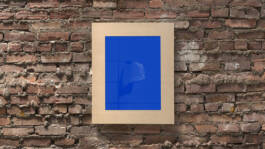
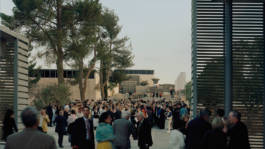
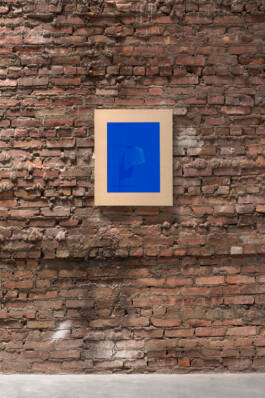
Semi-Permanent Installation in the bathroom of the Israel Museum, Jerusalem.
2018
Seeing Lassoing Wild Horses in 360° Perfect-bound book, re-scanned 3D objects from the Met
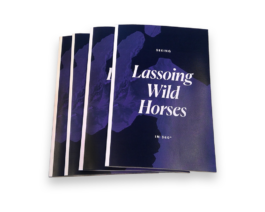
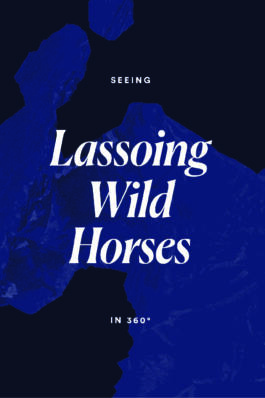
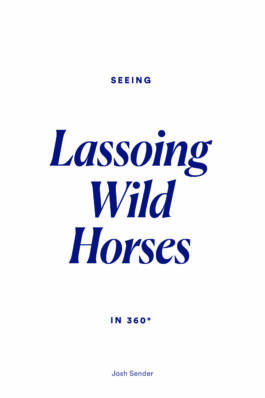
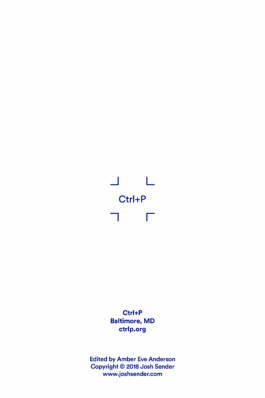
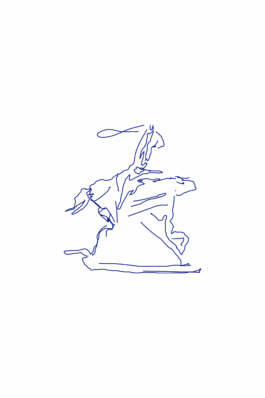
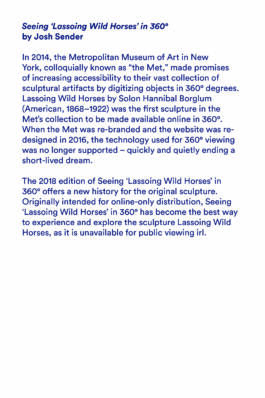
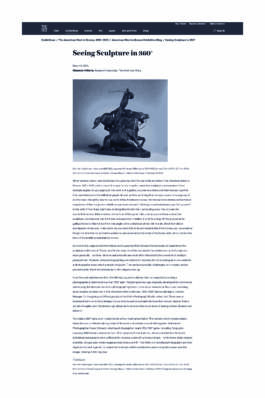
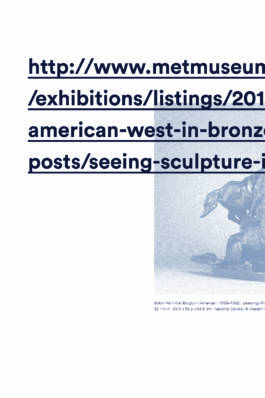
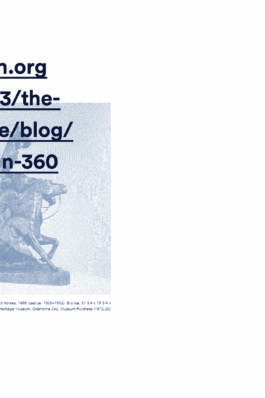
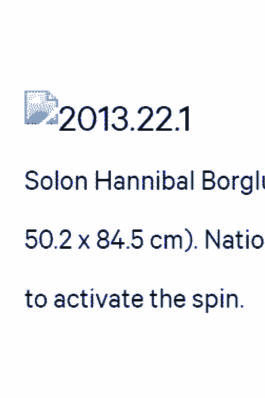
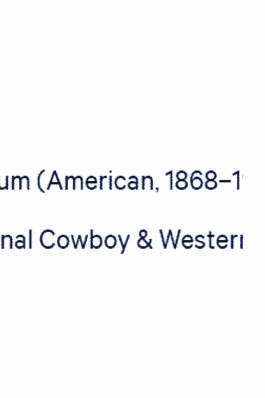
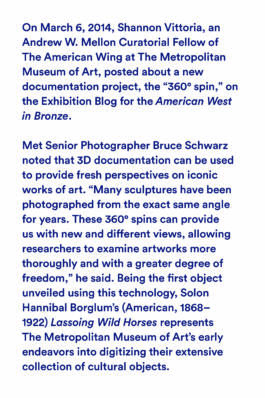
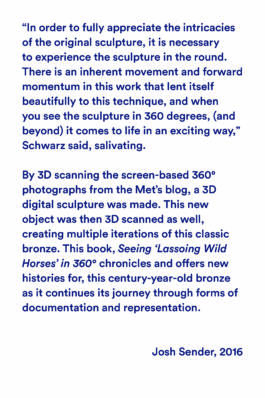
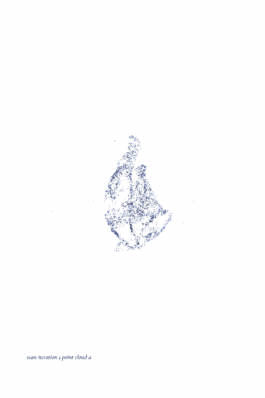
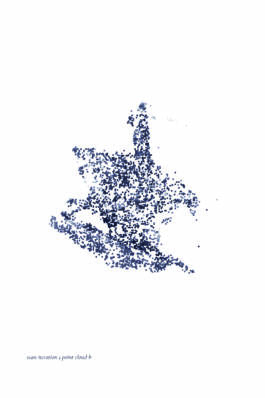
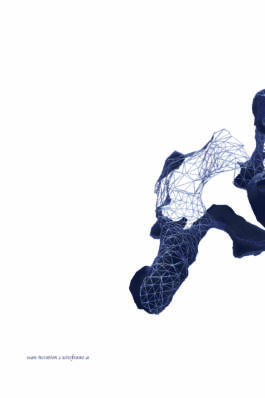
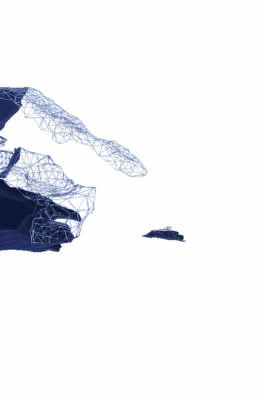
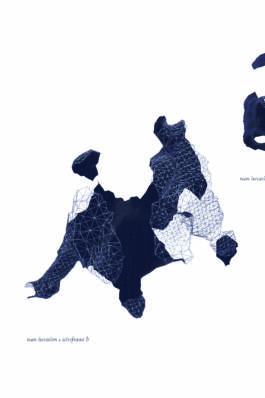
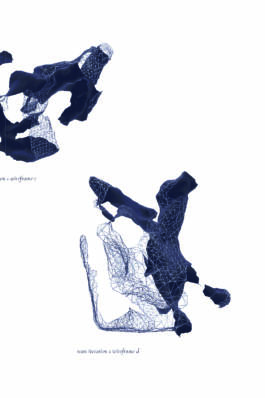
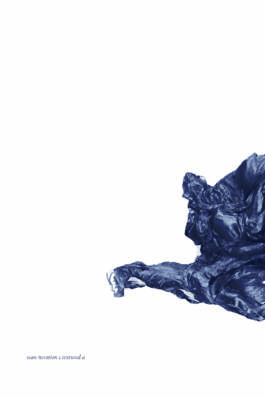
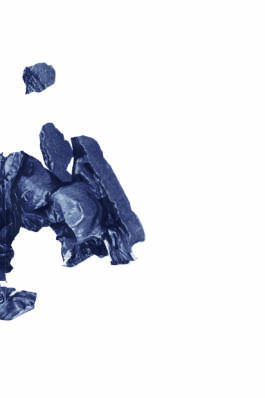
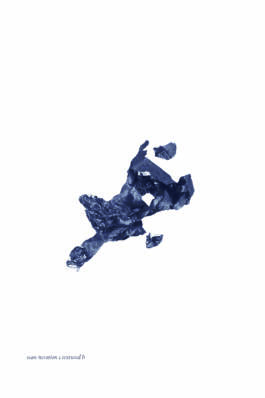
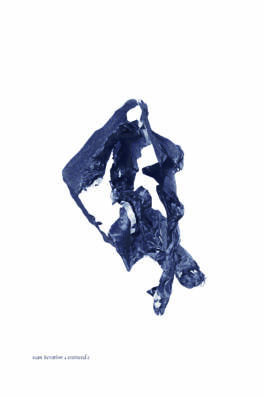
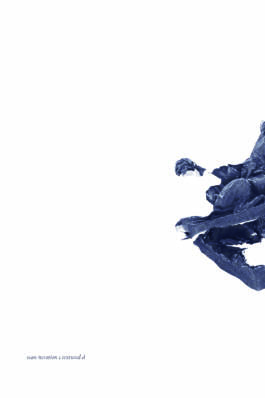
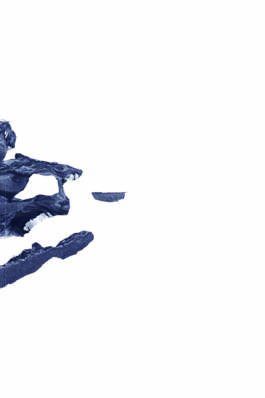
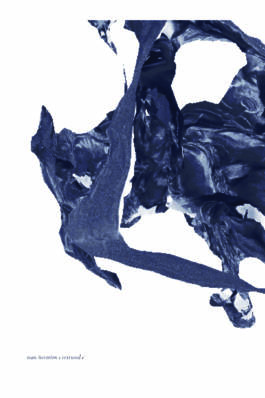
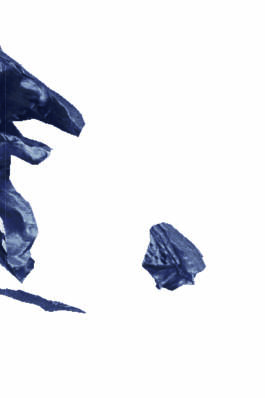
"Lassoing Wild Horses was the first sculpture in the Met’s collection to be made available for viewing online in 360°. The classic Western bronze calls to mind dusty expanses, uncharted terrain, and the quintessentially Western ideas of conquest and control. In Seeing Lassoing Wild Horses in 360°, Josh Sender defamiliarizes those concepts by 3D scanning the digital object as he turned it around in virtual space. In this way Sender was able to ‘own’ his own iteration of the bronze, yet at the same time he dismisses the notion of exacting documentation in favor of abstraction. The resulting point clouds and wireframes call to mind Rorschach tests or faraway islands—forms that encourage one to wander between knowing and the unknown."
2018 edition published by and available for purchase from Ctrl+P ↗
6″ x 9″, 72 pages, perfect-bound
Yes, It All Happened Design studio with empty mockups
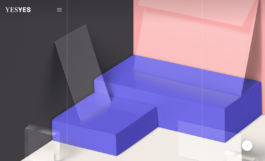
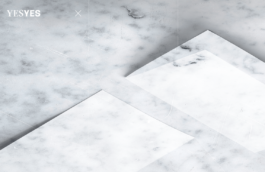
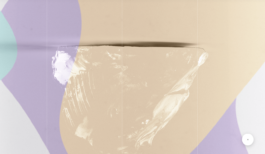
YesYes was a temporary and fictitious design studio website. Projects fulfilled service expectations, but were commercially empty.
2017
It Was All Very Impressive I Interactive digital book about time
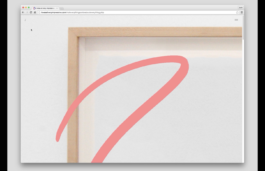
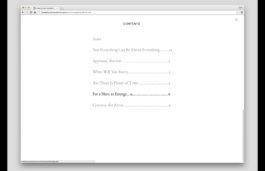
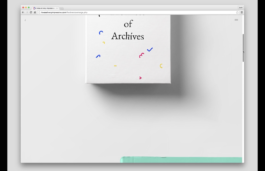
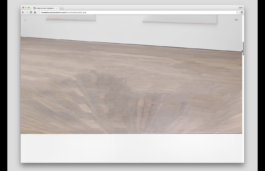
It Was All Very Impressive I only existed online for a day in 2016 as a series of digital artworks loosely broken down into chapters. Since then, the documentation of the temporarily available website has been made available as a short film in screenings and online, as well as a printed edition.
2016
It Was All Very Impressive II A museum, generative paintings, and a book walk into an artwork
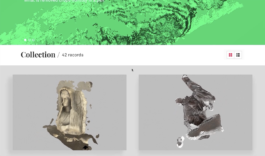
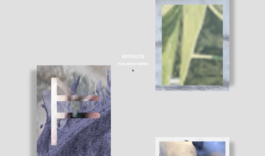
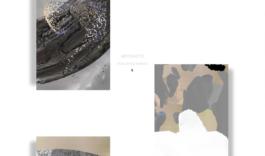
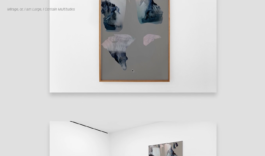
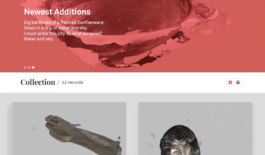
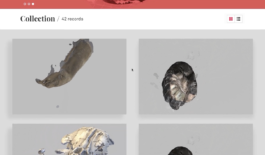
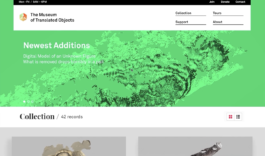
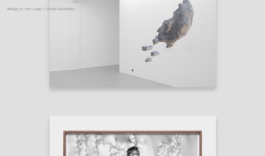
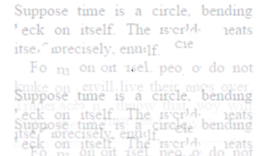
'It Was All Very Impressive II' was only ever accessible as a projection within a physical gallery space back in 2016. The mouse cursor couldn't be controlled by the user, and rested in the middle of the screen as the website was programmed to automatically scroll and display its sub-projects one after another. One sub-project was a constantly rearranging digital museum whose collection contained every 3d-scanned object made available online by major art institutions. Another was a series of generated digital paintings composed of randomly layered fragments from the digital museum. The next two projects were composed of digital forms floating across the screen. 'It Was All Very Impressive' looked to create a lineage for this body of 3d-scanned objects, one that exists alongside and perhaps in lieu of, its current proposed history.
'It Was All Very Impressive II' was broken down into four parts:
The Museum of Translated Objects
Rearranging Website, Digital Archive
The 'Museum of Translated Objects' is a digital museum archiving every 3D object made available online by major art institutions. The 'Museum of Translated Objects' utilizes a rudimentary process for re-scanning the 3D digital objects made available. The objects are re-scanned by being photographed in 360° directly from a computer screen and the photos are photogrammetrically stitched together to generate new 3D spatial data, or new 3D objects. These new objects make up the collection of "translated" objects, and are made available in order to extend the objects' journeys through history.
Artifacts, Published Works
Rearranging Website, Randomly Generated Images
Every 40 seconds 'Artifacts, Published Works' is refreshed, randomly layering fragments pulled from the 'Museum of Translated Objects' creating a new series of unique combinations every refresh.
Mirage, or, I am Large, I Contain Multitudes
Rearranging Website
Like in 'Artifacts, Published Works,' the images from 'The Museum of Translated Objects' is the generative source for this project. The objects from the museum collection are positioned in fabricated exhibitions, creating an index of potential.
That Old Present Tense
Rearranging Website
'That Old Present Tense' looks to fill the spaces in-between. Automatically scrolling websites with layering screens, books and prints.
2016
Merry Happy Year USB flash drive exhibition gifted for the holidays
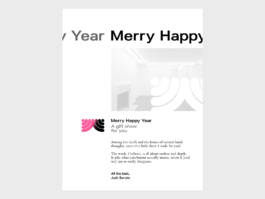
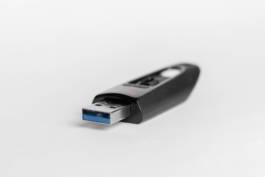
Merry Happy Year is an exhibition I put together featuring 9 films, 1 audio recording, and 2 images stored on a single flash drive. An edition of one was created for a 2017 holiday gift exchange. Outside of the gifted flash drive, the "press release" is the only public-facing documentation of the exhibition.
2017
On Edge Textures from the web collaged within corporate design mockup templates
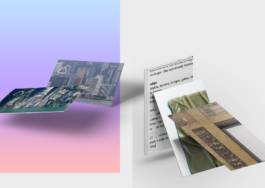
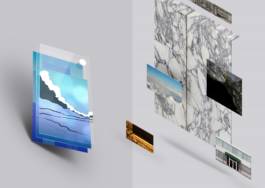
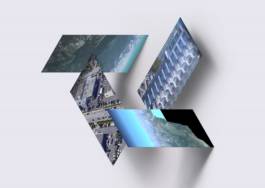
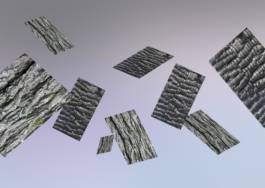
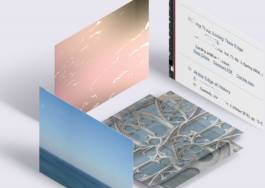
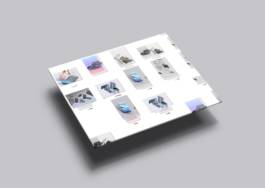
Stock images, screenshots and other photographs on borders and on edges as digital objects.
"
depths, borders, bridges, gates, lids, pages, divider, between,
to harrow,
edge of the woods,
– between sleeping and waking
"
Printed in the risograph publication "Pothole" edited by Amanda Curreri and Jordan Tate
2016
Oy! On Time! A digital proposal for a solo show I wanted to have
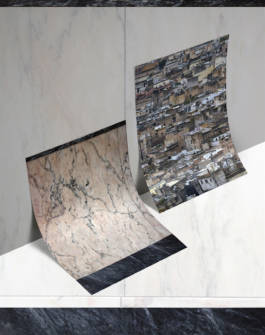
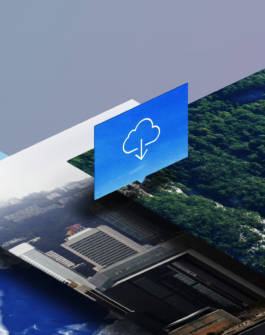
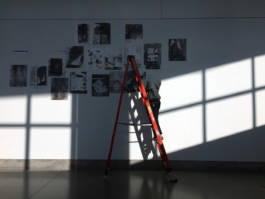
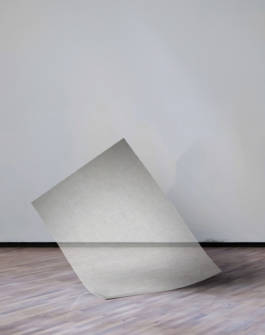
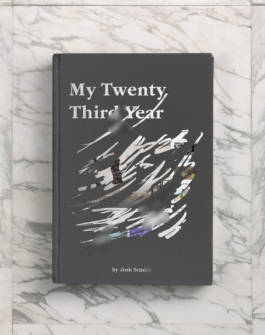
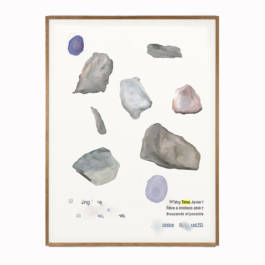
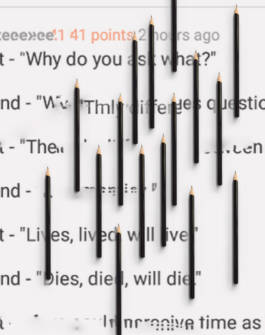
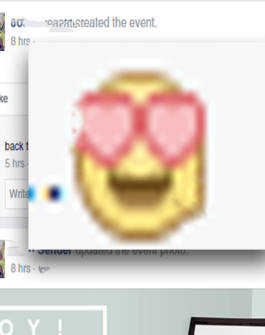
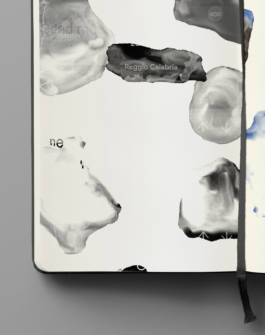
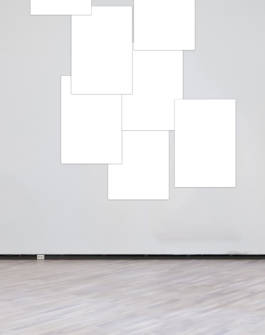
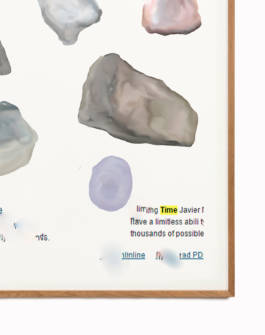
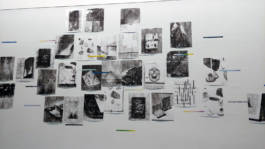
The digital images and artworks made for 'Oy! On Time!' were made as pieces of a proposal for a solo show I wanted to have. 'Oy! On Time!' was held in two parts: on the browser— where one can look privately, the weight of the work heavier, offering itself as more contemplative and private, and in a gallery space— as cheap xerox transfer prints, poor translations of the digital ideal.
2015
Vie Vying Small digital textures, a few pixels pulled from major artworks, expanded re-printed
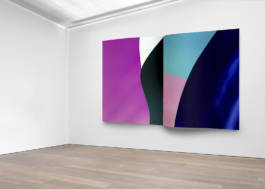
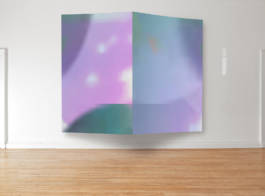
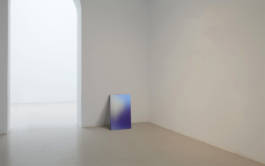
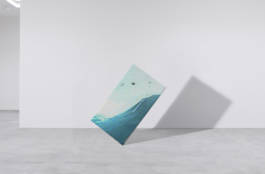
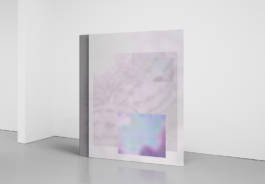
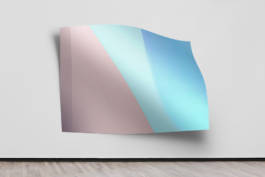
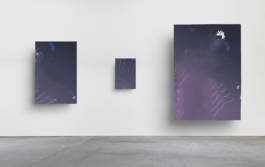
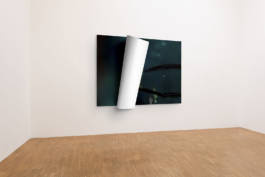
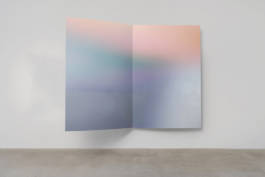
The works in 'Vie Vying' start as a small digital textures, a few pixels at atime, collected from selections of digital representations of impactful artworks and images from across histories and cultures. The textures are edited and multiplied and positioned in graphic design corporate mockup templates, giving them a distinct semi-recognizable shape and an implied physical form.
2015
blghded Paintings and drawings layering appropriated marks
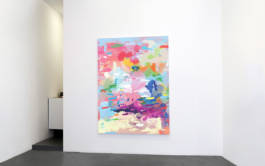
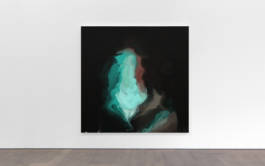
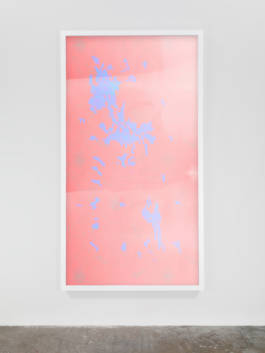
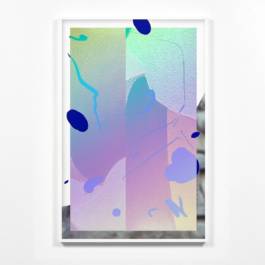
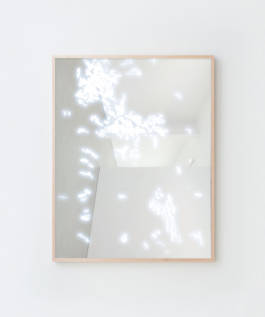
Layered appropriated marks from the some of the most expensive paintings in history.
2015
Monument Feed Photographs of Monuments
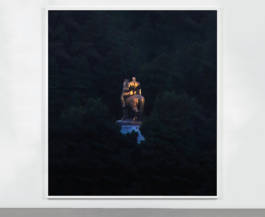
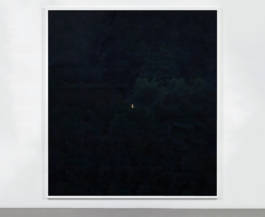
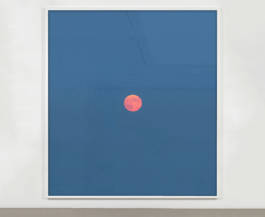
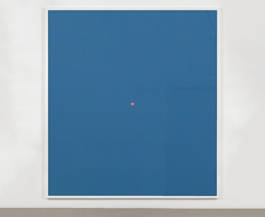
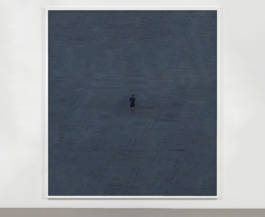
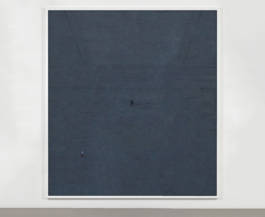
I limited my research and understanding of a subject (in this case, 'Monuments') to what’s immediately available in a Wikipedia article. New photographs were created by selecting by picking fragments from the first listed image on the wikipedia article for 'Monument', a photograph of a Harvest Moon rising over Washington’s Lincoln Memorial, Washington Monument, and US Capitol. Each fragmented image’s field was digitally expanded on, positioning it in a new focus as something much smaller but grander. Look on my works, ye Mighty, and despair!
2014
Martyr Images Photographs of Monuments
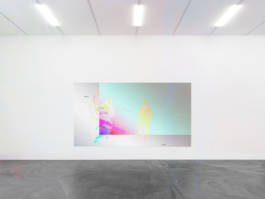
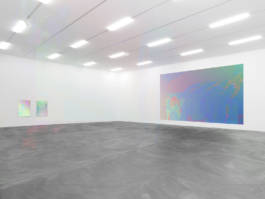
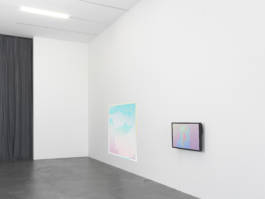
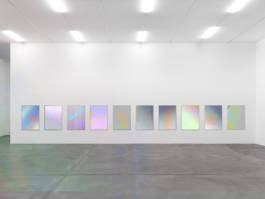
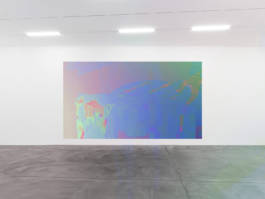
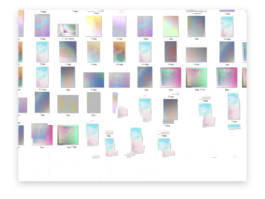
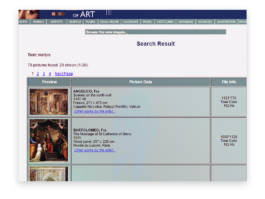
Images selected from the Web Gallery of Art's search results for 'Martyr' were put through a process of digital reduction, focusing on the shapes of the bodies, but stripping the images of any historic specificity.
See the digital collection ↗ (21 images)
2015
$$ landscape Wall ink drawing compositing the most expensive buildings in the world
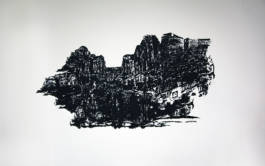
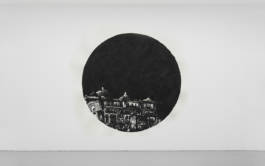
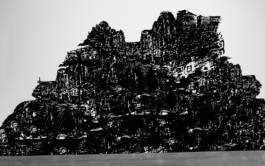
$$ landscape is made up of dense overlapping drawings of the most expensive buildings in the world.
2014
Everyone Looks So Familiar Selection drawings of now unnamed portraits, classic net art
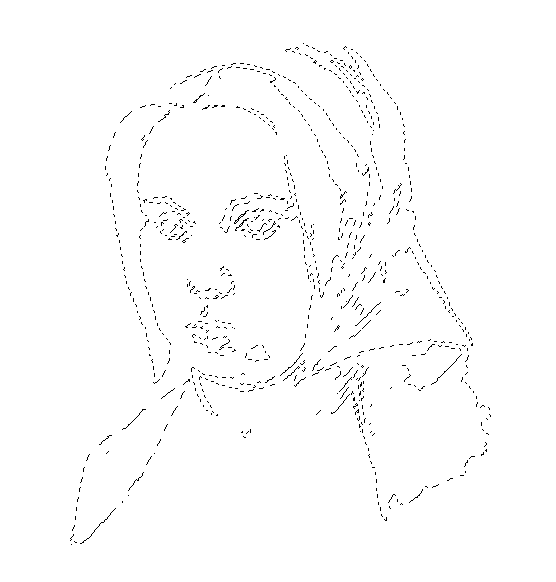
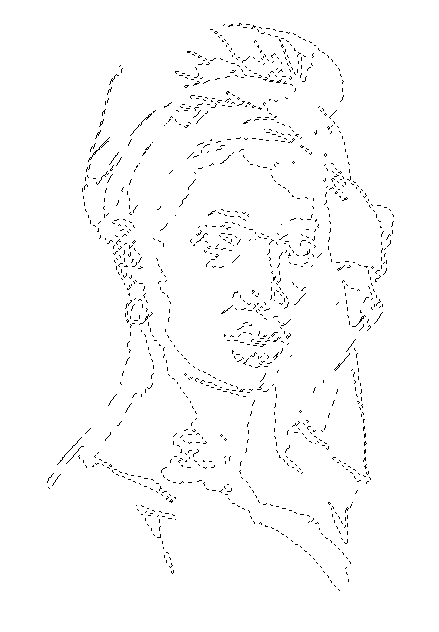
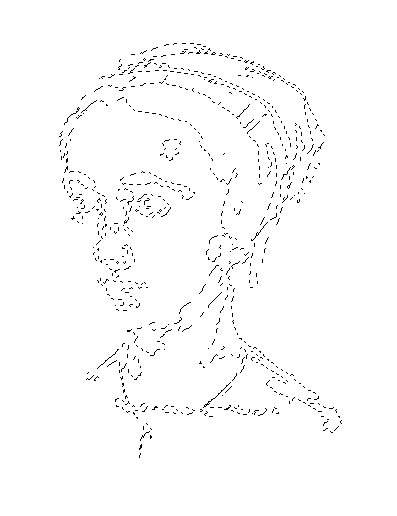
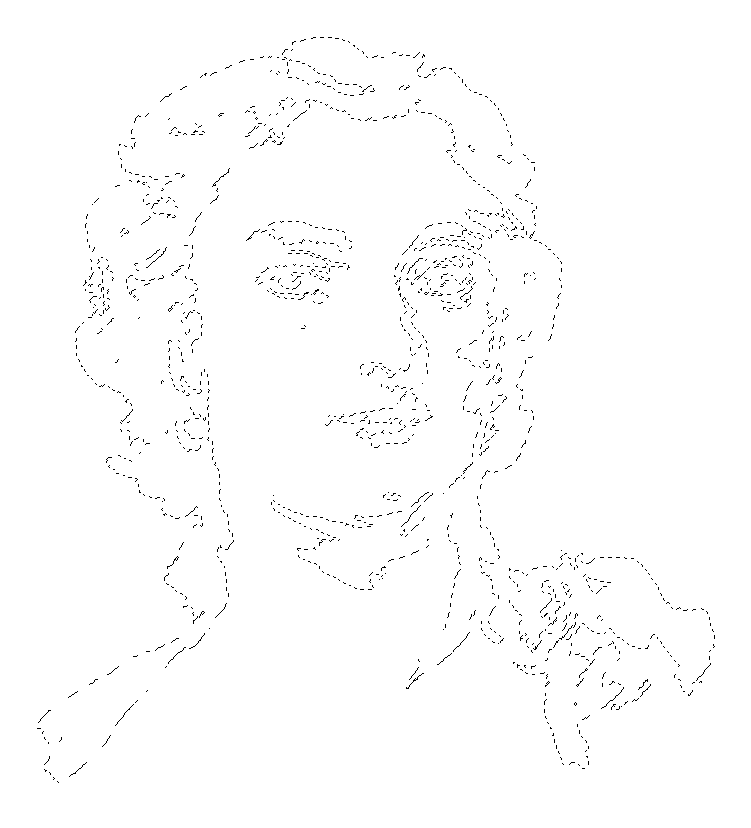
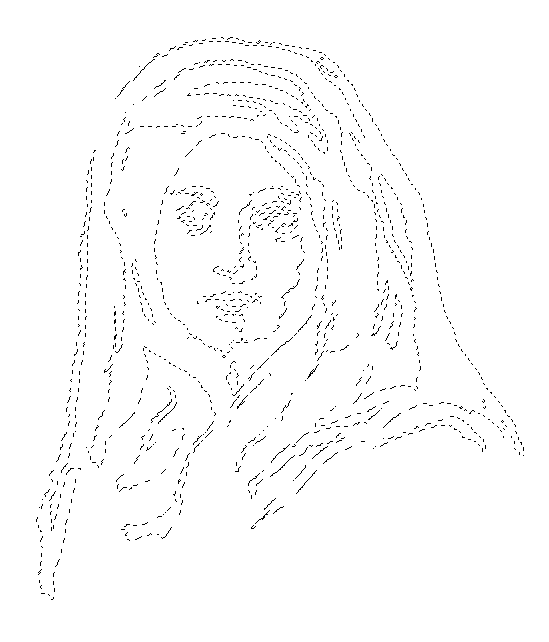

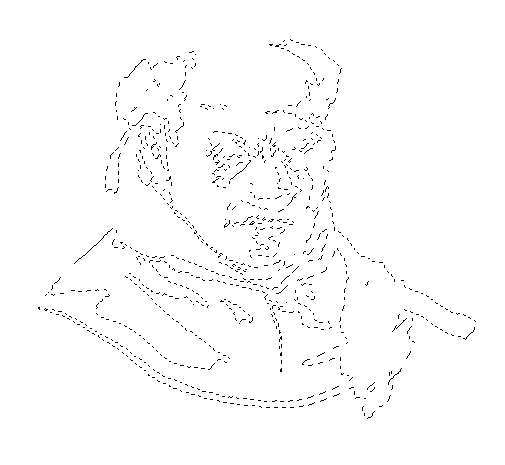
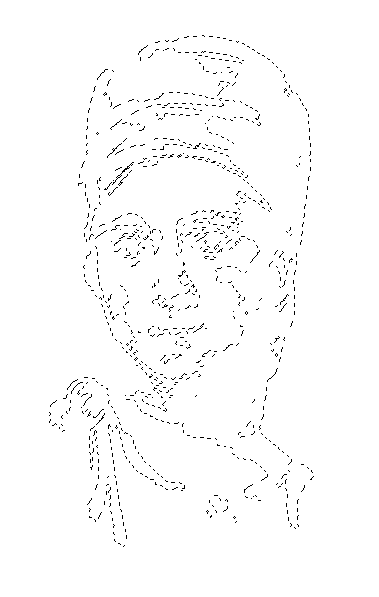
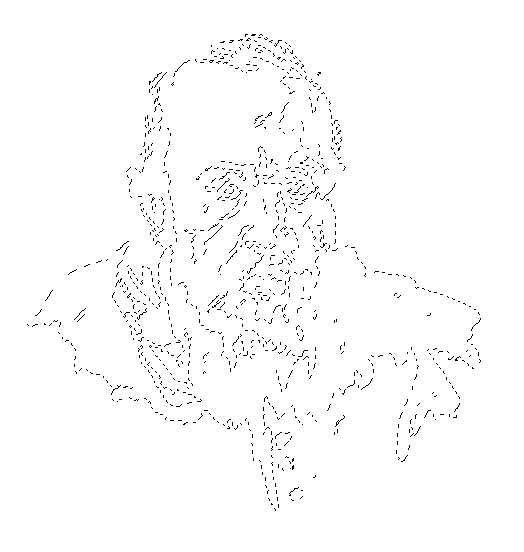

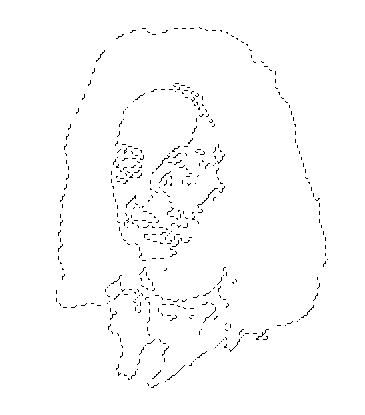
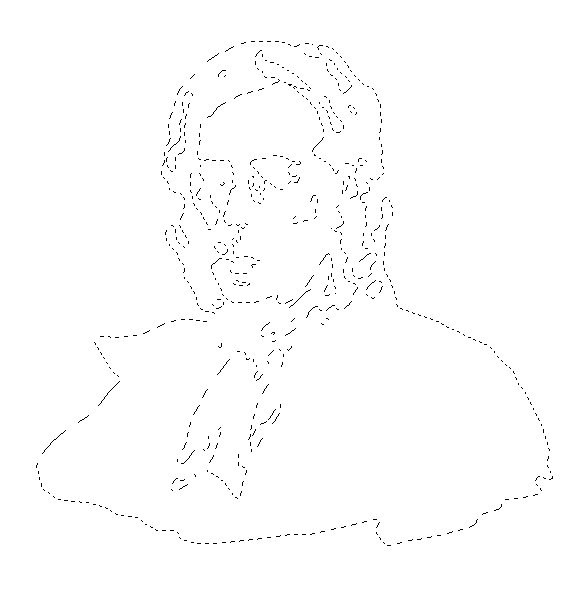
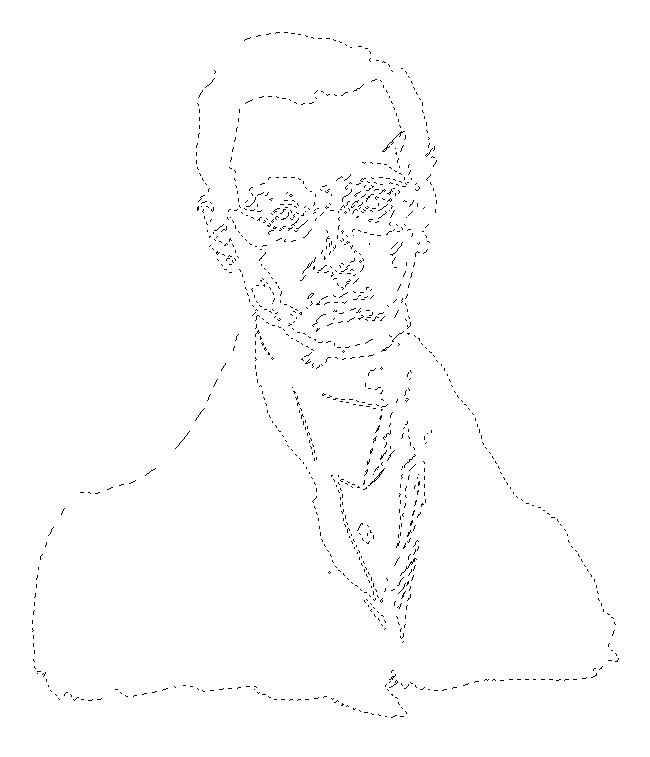
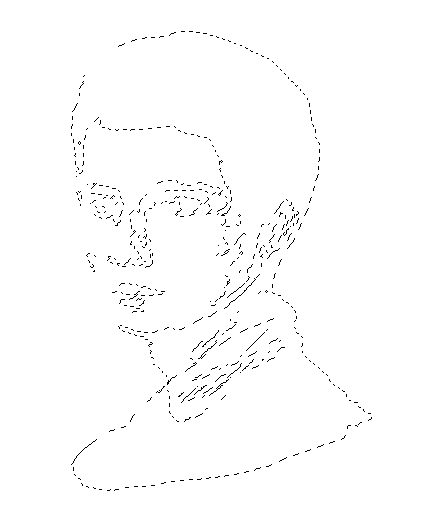
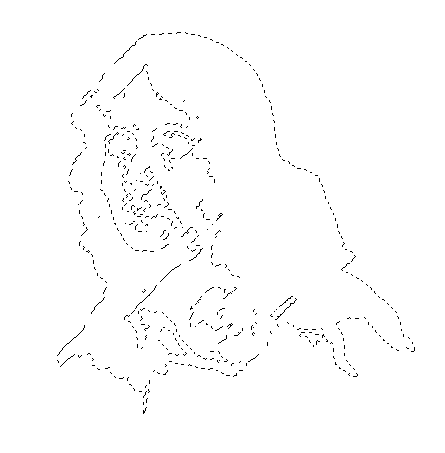
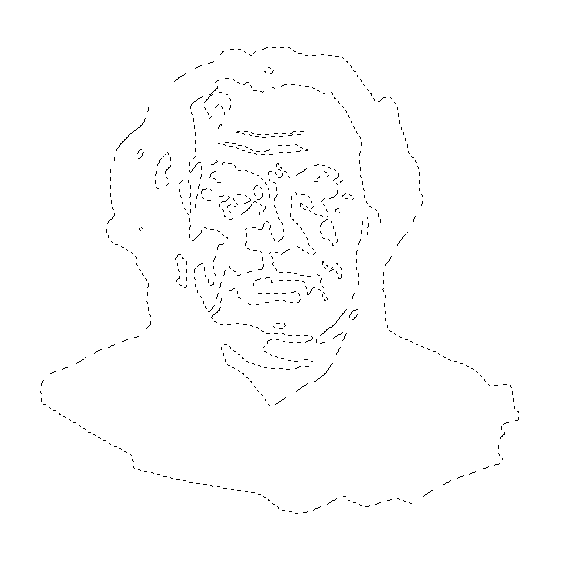
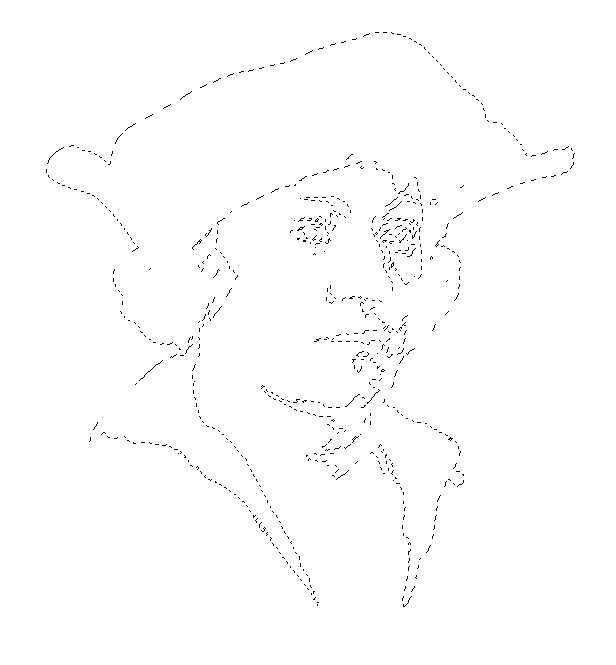
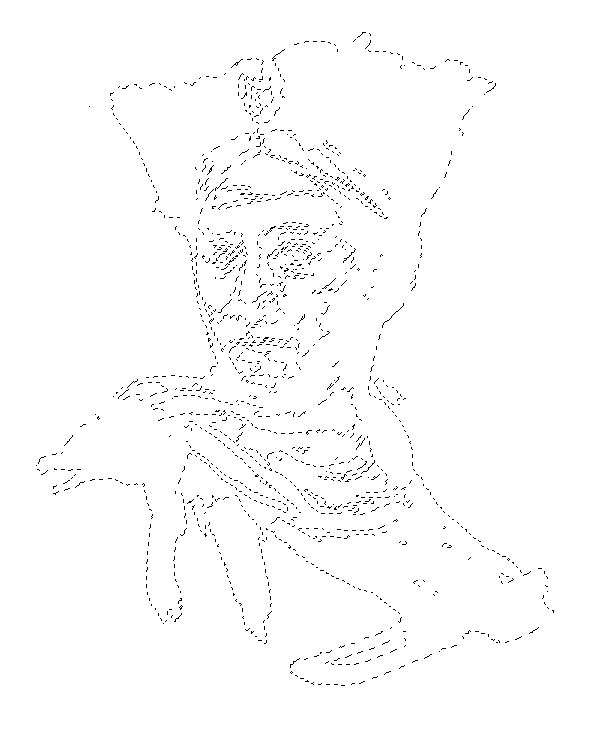
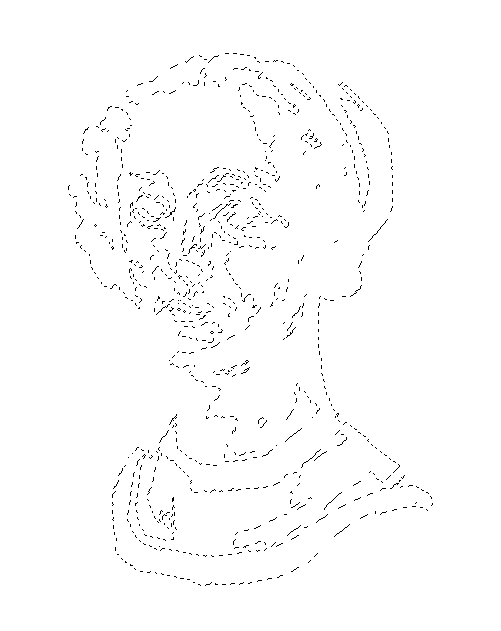
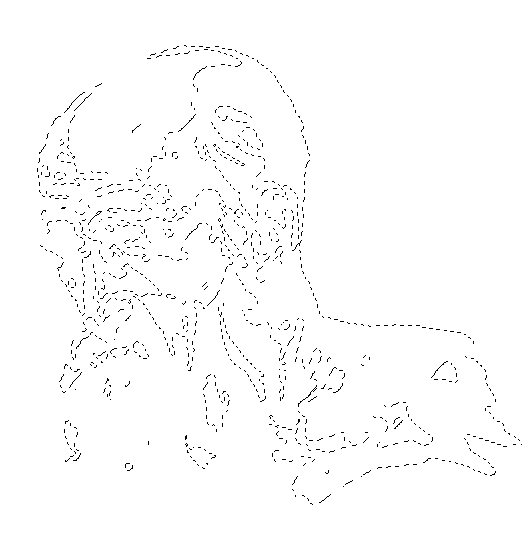
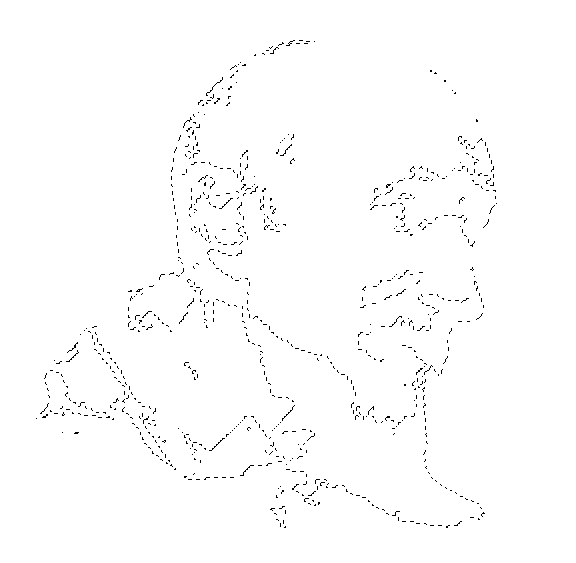
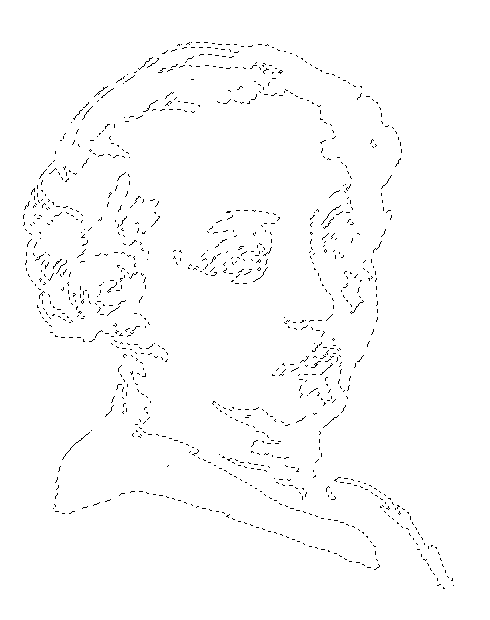
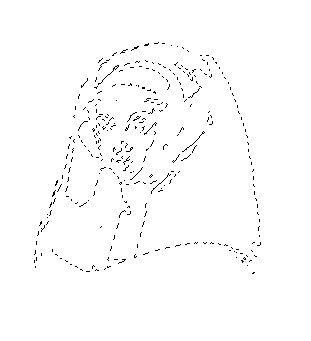
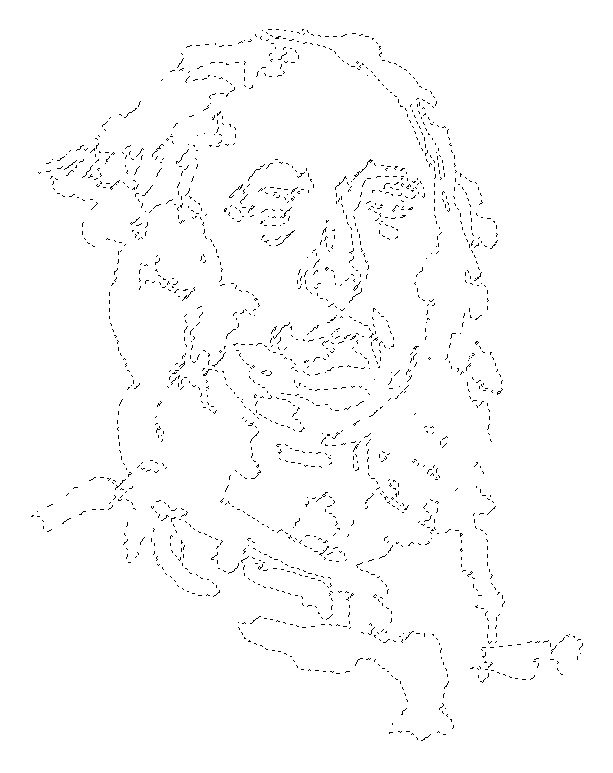
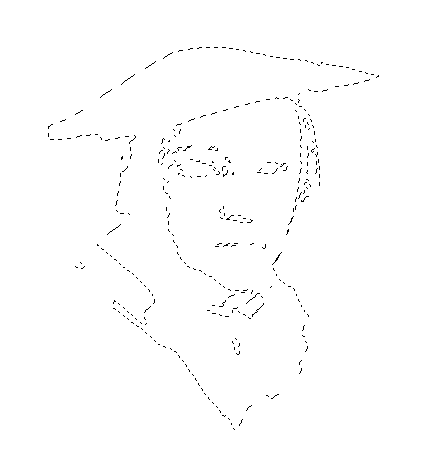
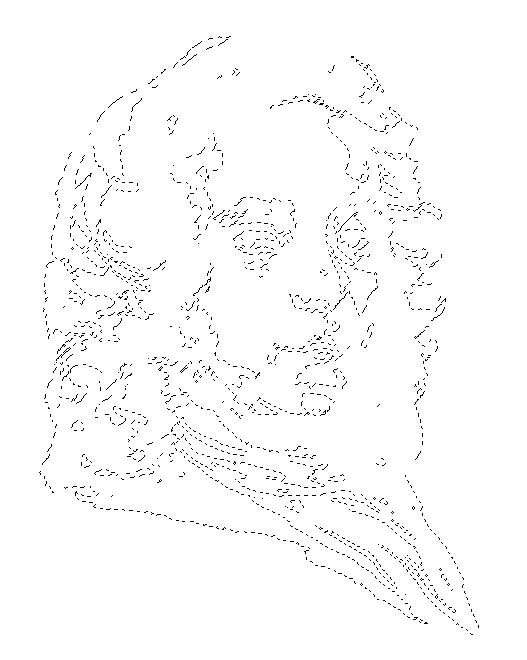
Nameless portraits from throughout 15th to 19th century European art are reduced to simplified ink drawings, and then further reduced as only a 'digital selection,' barely separating the drawing from the white space of the webpage. The 'digital selection' is used as an allusion to designate something that doesn't wholly exist or hold form. The portraits are diminished to how we might view them now, as aesthetic husks of lives and memories that weren't quite influential enough.
"His online series Everyone Looks So Familiar, shows a set of Renaissance and Baroque figures rendered in the flickering line of a capture tool. All other pixel information is removed and we are left with the equivalent of a digital x-ray of these images. These works use the data of imagery to raise issues of reproduction in the digital age and the future (and perhaps unstoppable) predominance of online experiences with artwork." — Gregory Thielker ↗
2014
Contrived Permanence Wall ink drawing compositing surviving historical monuments as a sortof mega-monument to touristing and labor
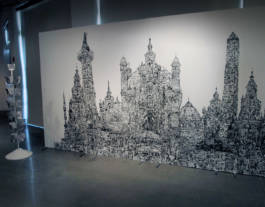
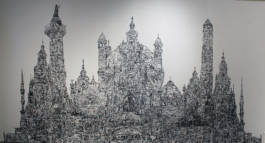
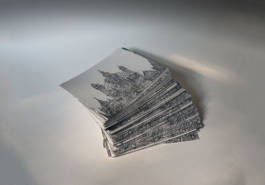
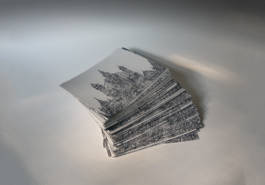
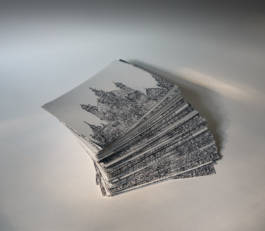
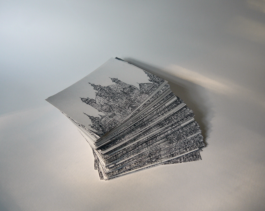
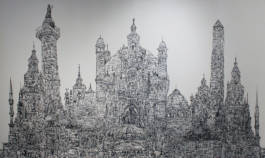
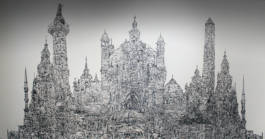
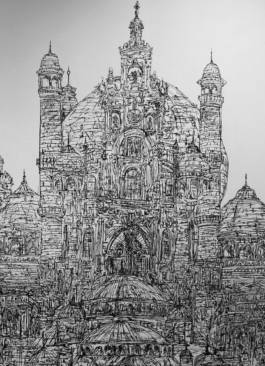
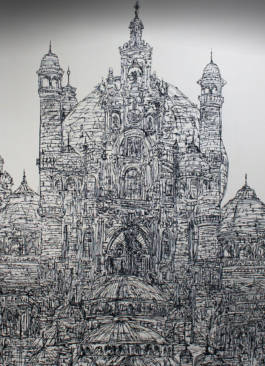
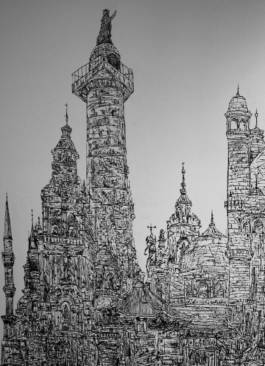
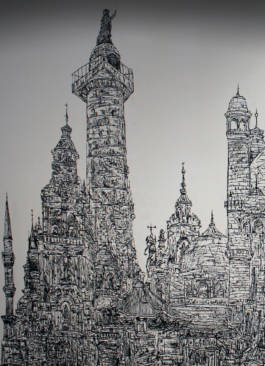
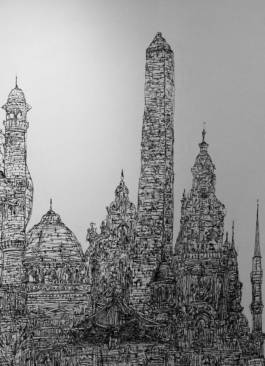
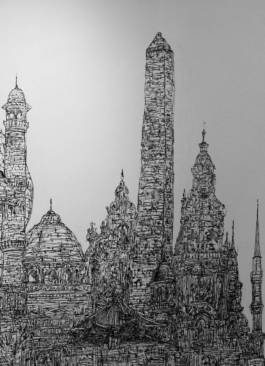
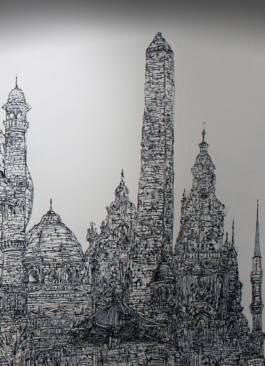
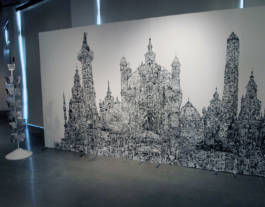
The mural portion of Contrived Permanence is a composite drawing that consists of fragments of eight historical monuments that were built as memorials. The mural is paired with a set of postcards that pull directly from sensationalized quotes describing the source monuments.
2013
Unpublished Stories Wall ink drawings of visual quotations from visual culture
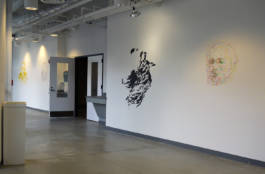
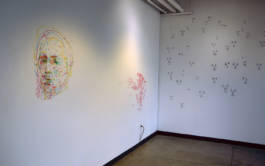
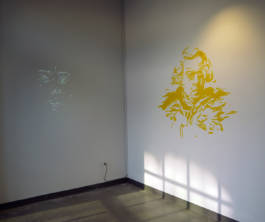
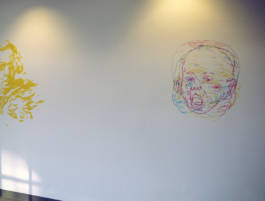
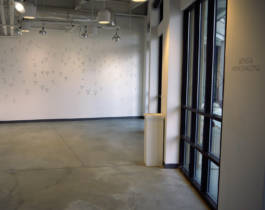
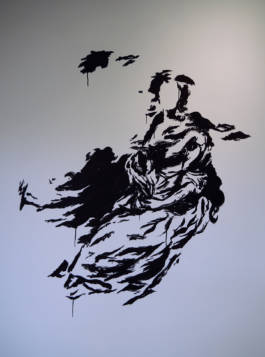
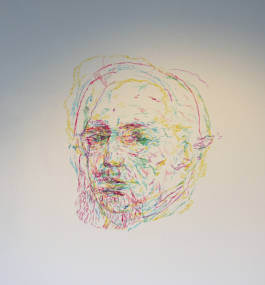
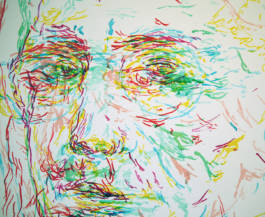
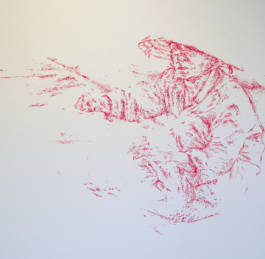
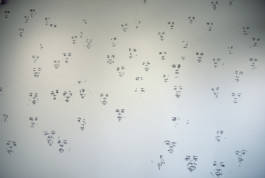
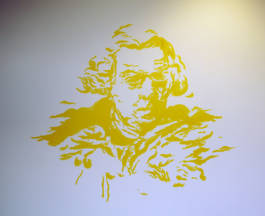
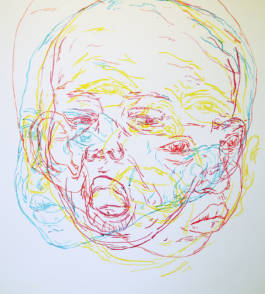
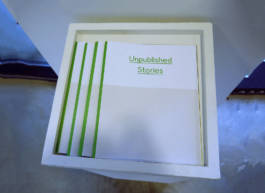
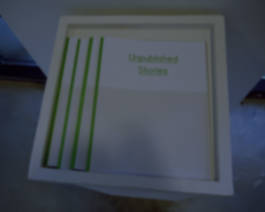
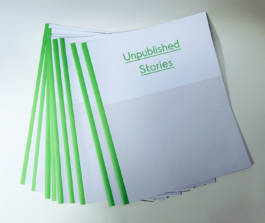
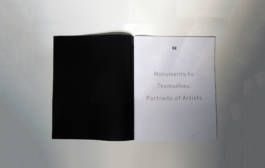
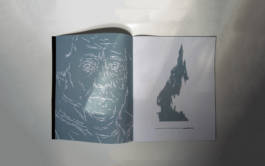
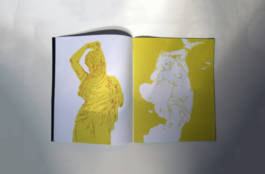
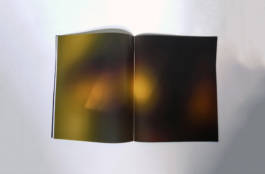
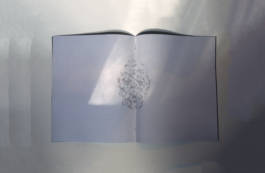
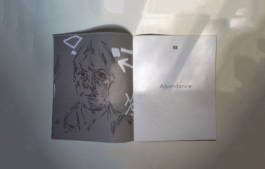
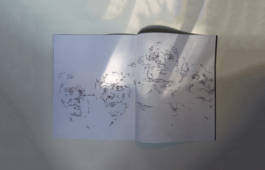
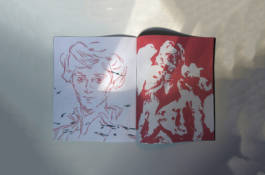
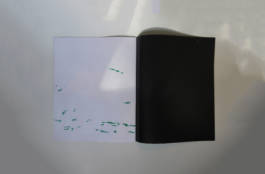
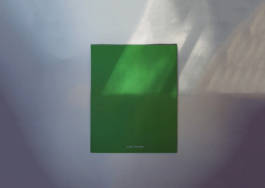
Solo show consisting of 6 ink wall drawings, a projected animation and a supplemental zine. "Unpublished Stories is an installation of wall-based paintings, which function as visual quotations from western art history and news images, as well as a series of lyrical gestures. The objective in this series, however, is the limited use of media, which recalls paint tools from Adobe Illustrator. In one overlapped portrait, there are three variations on the same face done in Cyan, Magenta, and Yellow." — Gregory Thielker ↗
2013
Oh! Wow! You made it to the end! Thank you for scrolling through. If you'd like, send me an email and I'll send you a free print!
